If you’ve been thinking of getting an albino leopard gecko, but don’t know which morph to get, you’re not alone! Many beginners and even some experienced albino owners get confused about the differences between various morphs.
However, this is where your confusion ends! In the following sections, you’re going to learn everything about the differences between the 3 morphs.
Let’s dive in.
Morphs of Albino Leopard Geckos
Albino leopard geckos are great pets. They’re easy to handle and don’t need a lot of space to wander about.
Simply put, they’re calm, easy to handle, and don’t take a lot of space due to their small size.
If you’ve been thinking of entering this niche pet habit — or starting a gecko project — albinos are a great way to start.
That said, we know morphs could be a bit confusing.
All albino leopard geckos lack melanin, which explains why they don’t have dark black coloring. Instead, they have white, brown, orange, or yellow patterns.
Another property that is specific to albinos is their light-colored eyes. The easiest way to tell whether a leopard gecko is albino or not is to look at its eyes.
If the eyes are dark gray or black-ish, it most probably won’t be an albino.
On the other hand, if it has light-colored eyes, it’s most likely an albino. Albinos are well-known for their light-colored eyes and it’s the easiest way to figure out whether a gecko is an albino.
Tremper, Bell, and Rainwater are the only 3 morphs of albino leopard geckos available at the moment. Interestingly enough, these names are derived from the last names of the people who found them. So, these morphs were found by Mark Bell, Ron Tremper, and Tim Rainwater.
Another thing to keep in mind is that these 3 morphs look very similar. If you’re going to own an albino leopard gecko for the first time, you most probably won’t be able to tell which is which by the look.
The best you can do is look at various characteristics to figure out which morph you’re looking at — and here’s how to do that.
1. Tremper Albino Leopard Gecko
The first thing special about Tremper is its availability.
If you head into a reptile store, you will most probably find a lot of Tremper leopard geckos there — simply because it’s the most common morph. And yes, it’s also the oldest one of the bunch.
The most visible property you could find in a Tremper leopard gecko is silver-ish eye color — with red veins all across.
In darker environments, the dark pupil in the center expands. But in bright light, you might only be able to see a thin line of it.
However, be noted that there’s no reliable way to actually figure out which morph you’re looking at. Each of these 3 geckos may look like the other, irrespective of the differences mentioned above.
A tip we would like to throw in here is: if you have one such gecko, make sure you’re not putting it under bright light all the time. They are a bit sensitive to light and don’t like it much. If you keep them in light for prolonged periods, they may get stressed — and no one’s fond of that.
1. Rainwater Albino Leopard Gecko
Rainwater albinos are also known as Las Vegas albinos — and are the smallest morph out of the three.
However, if you’re not comparing them side by side, you may not be able to tell them apart based on the size alone.
However, Rainwater albinos have darker-colored eyes out of the three — but certainly not as dark as normal, non-albino leopard geckos. They’re kind of in the middle of the two.
They are also a bit paler in color and usually have pink-ish secondary coloring.
That said, there’s no reliable method to fully distinguish one morph of albino leopard gecko from another. The best you can do is compare the characteristics mentioned above and try your chances.
1. Bell Albino Leopard Gecko
Bell albinos are the latest morph out of the three.
The best way to recognize them is to look at their eyes — as that’s their most unique factor.
Many people confuse the eye color of Bell albinos with Tremper albinos — and we don’t blame them — they kind of look the same. However, there’s a way you can tell them apart.
Where Tremper albinos have silver eyes with red-ish veins, Bell albinos have smoother, pink-ish eyes all around.
Plus, as a Tremper albino matures and grows older, the redlining in their eyes is more easily distinguishable from the silver background. Bell albinos, on the other hand, retain their pink-ish eye color throughout their lifetime.
But again, we’d like to encourage you to not rely on these traits to differentiate between different morphs. Each morph may look like the other one, and the only way to tell them apart is to ask the previous owner.
The Bottom Line
So, there you go — that’s everything you needed to know about these beautiful, colorful reptiles.
The best way to tell them apart is to, of course, ask their previous owner. They’d be able to give you accurate genetic information, helping you understand the exact morph.
Another piece of advice we’d like to throw in: don’t ever cross-breed any of these 3 morphs. If you do, you will never — we repeat “never” — be able to identify the offspring. Plus, never use the unidentified morph for any of your projects, since you don’t have any idea what genes it possesses.
If you want to check out our hatchling photos that we produced this year, you can simply click here to see all our photos.

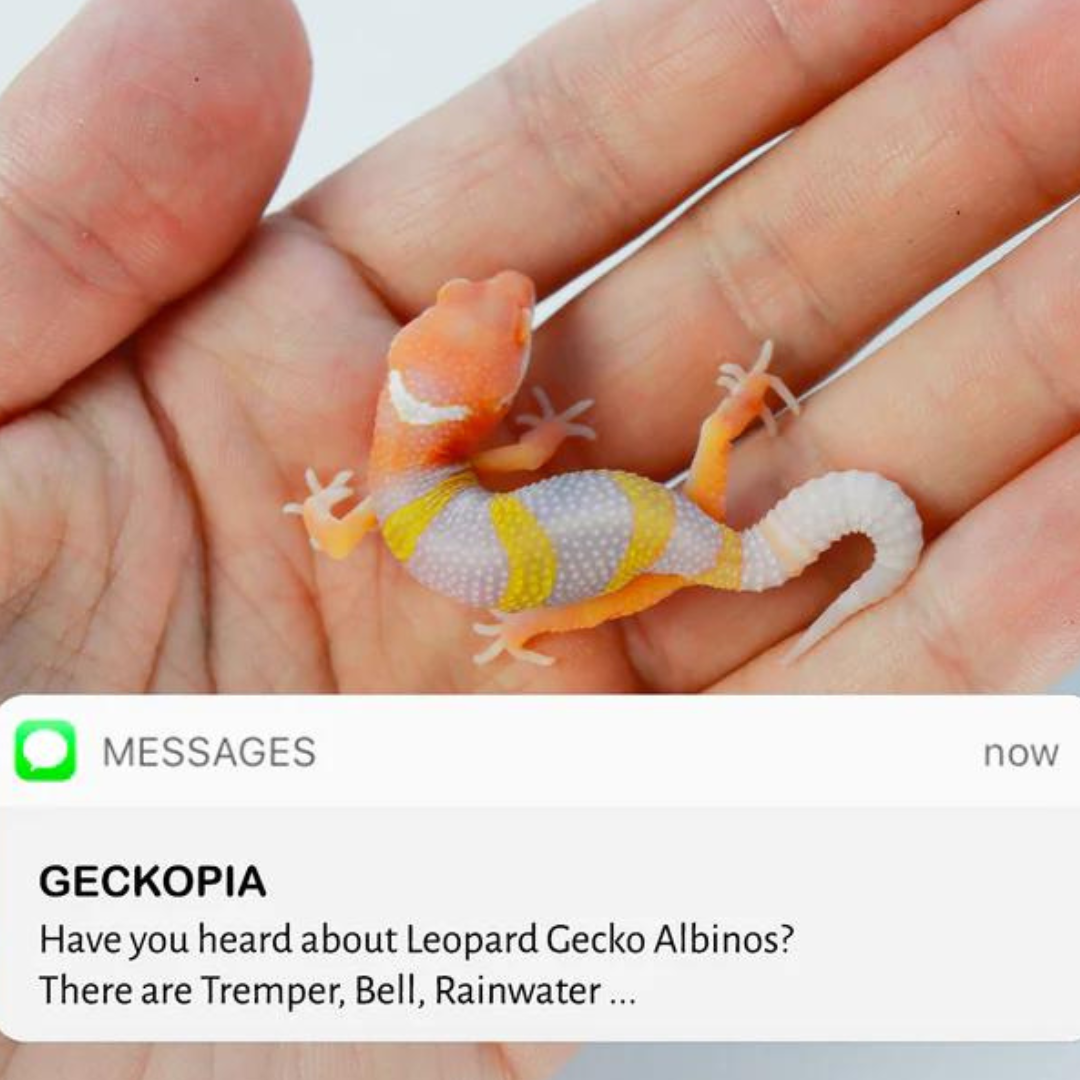


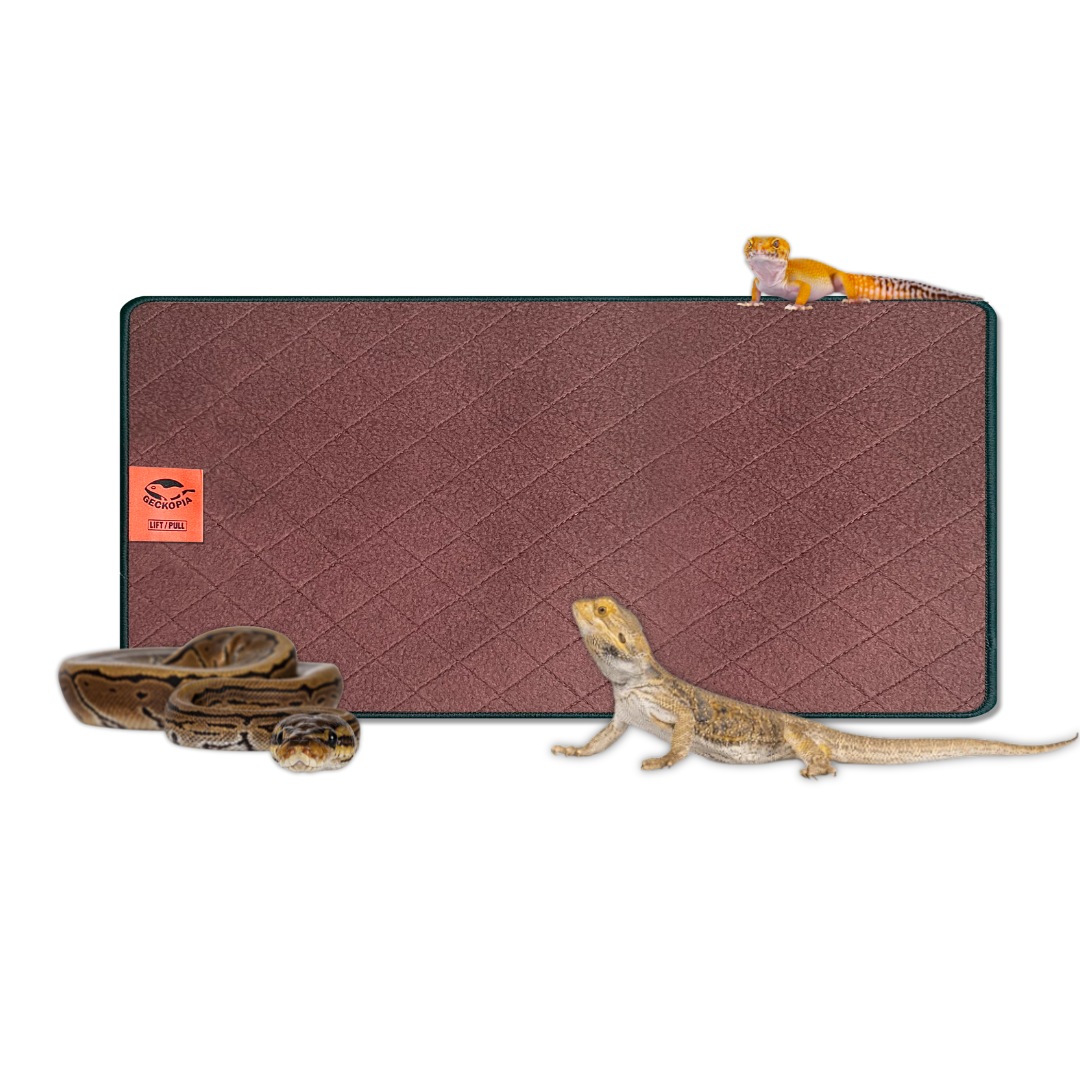
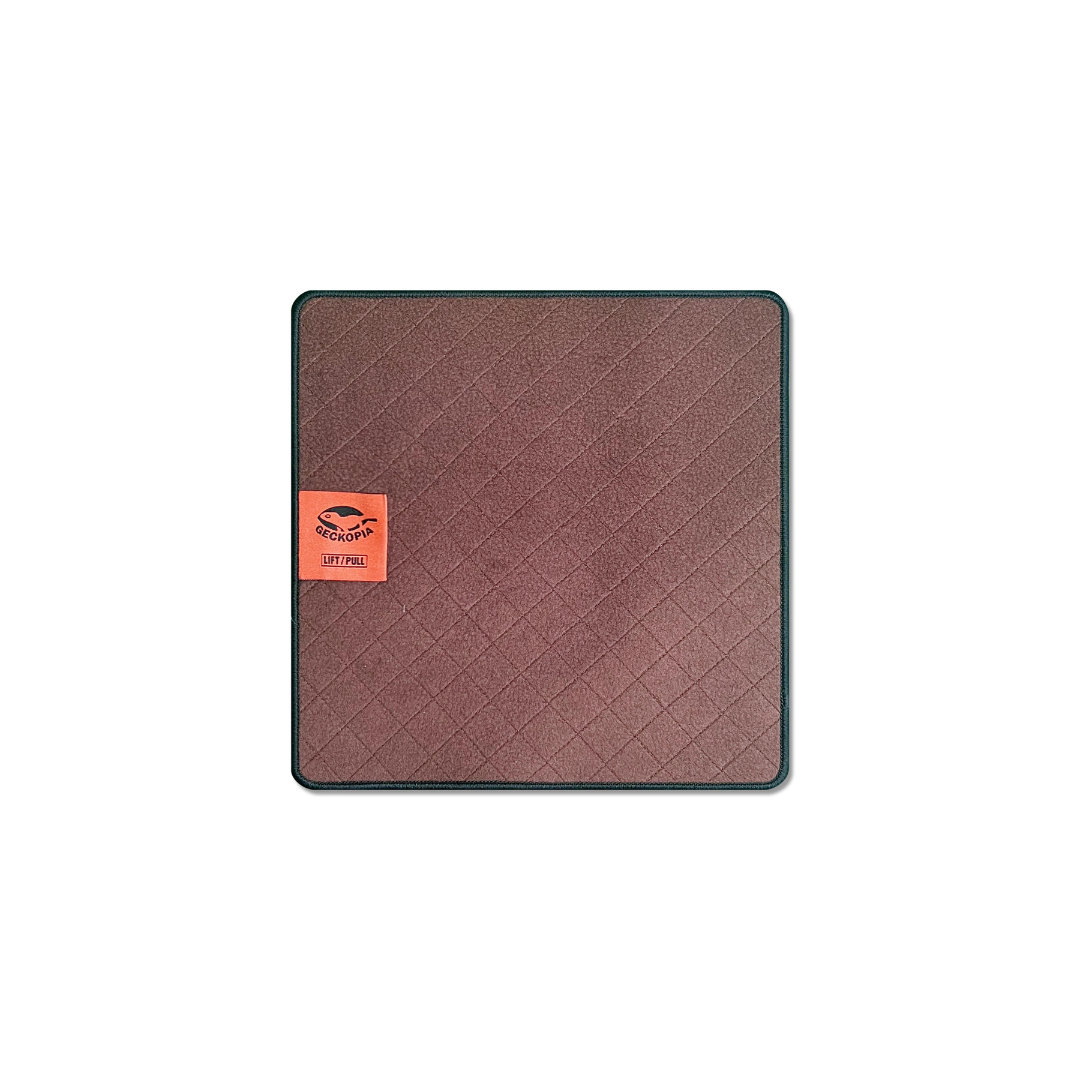
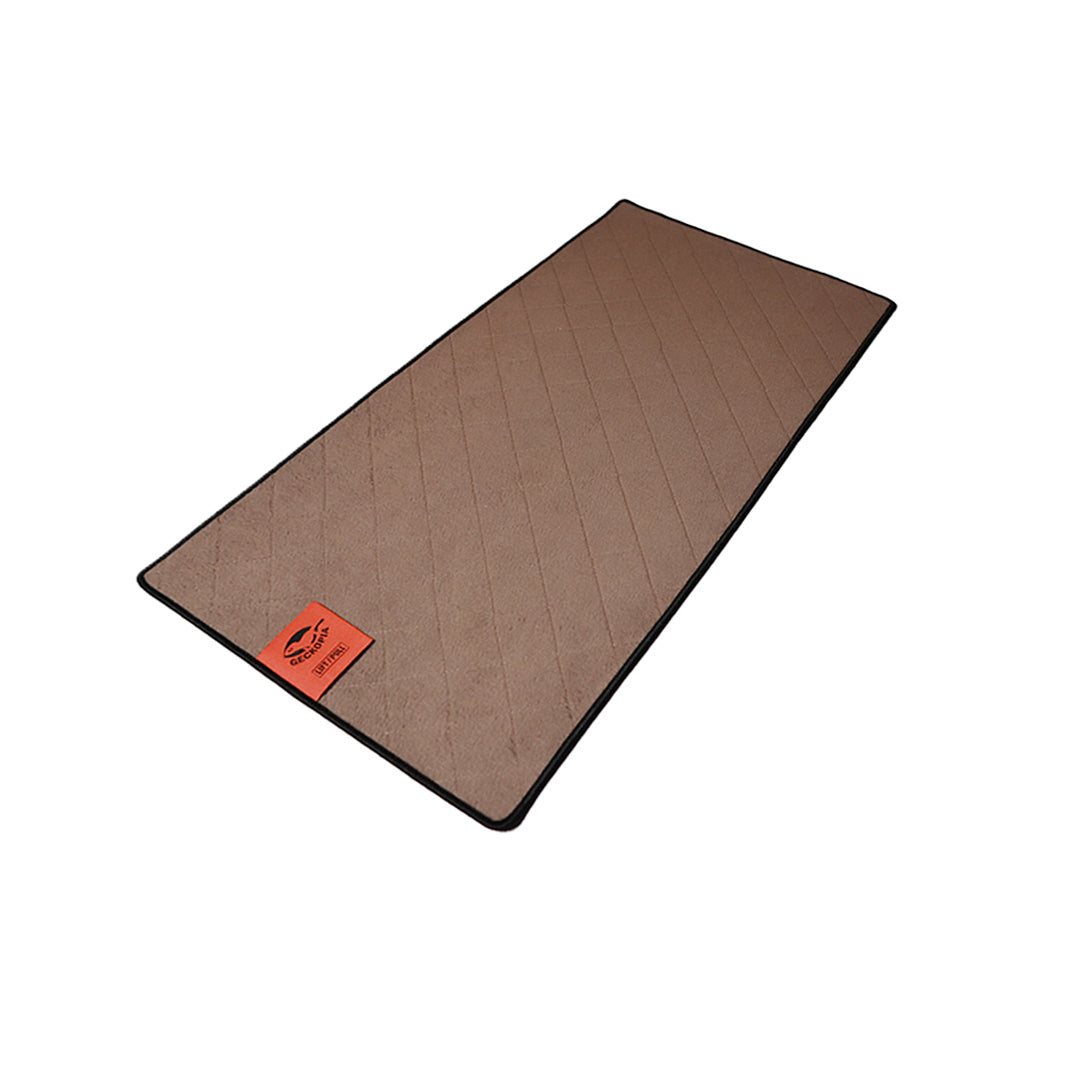
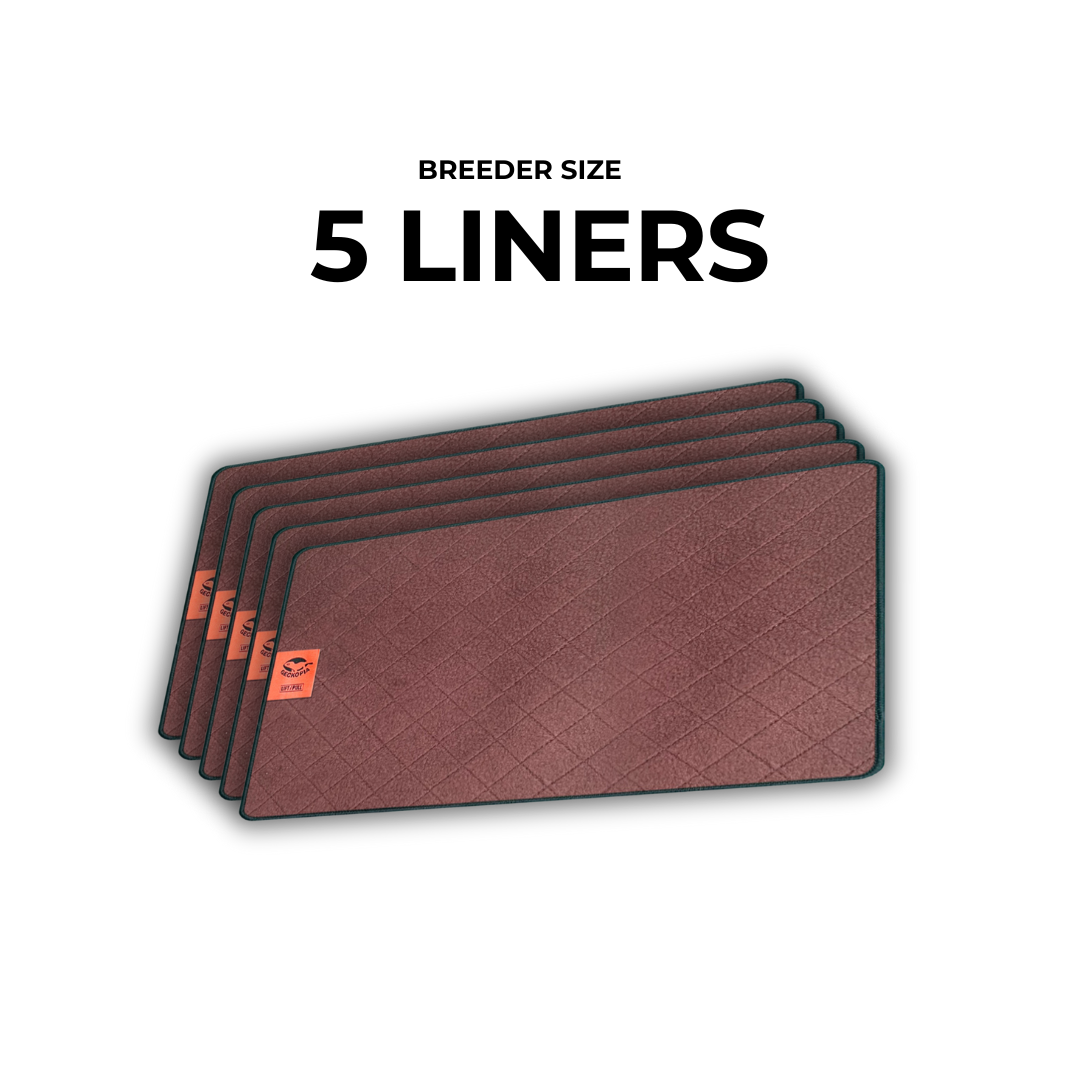
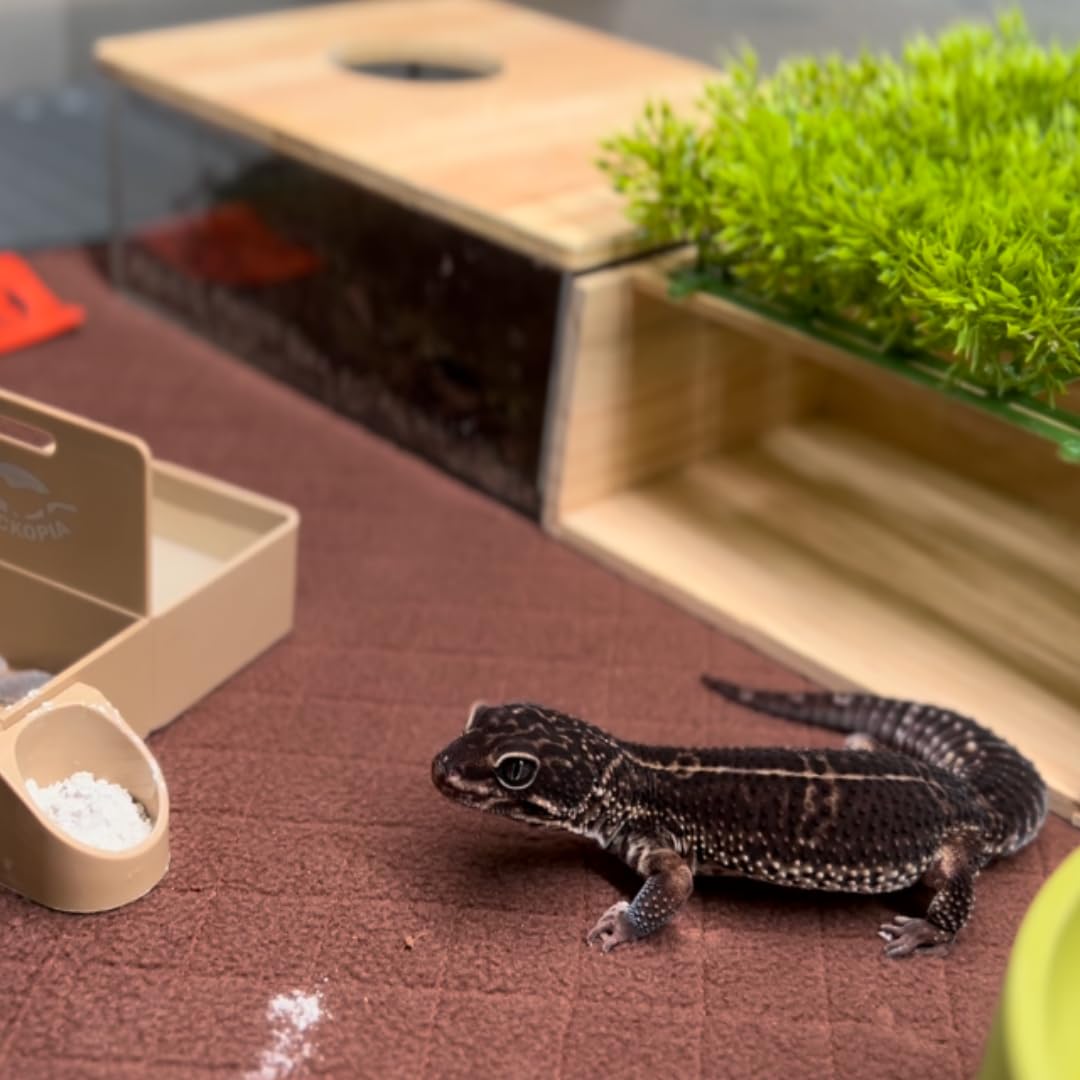

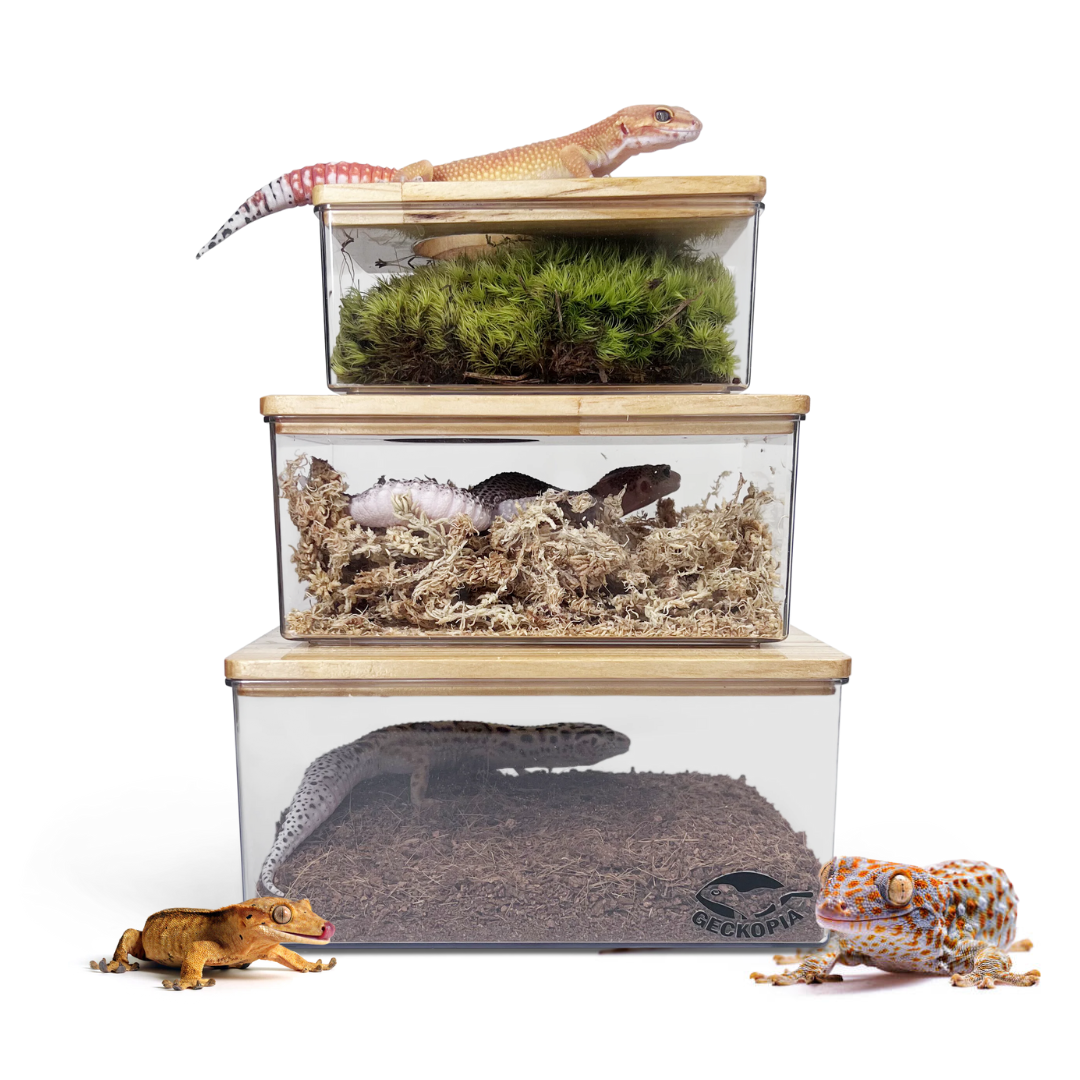

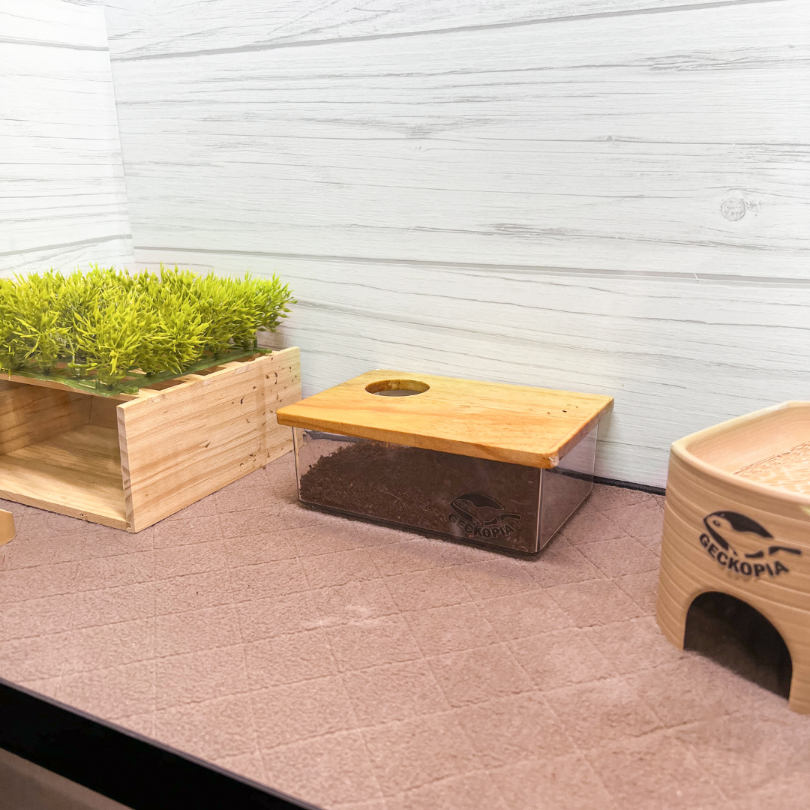
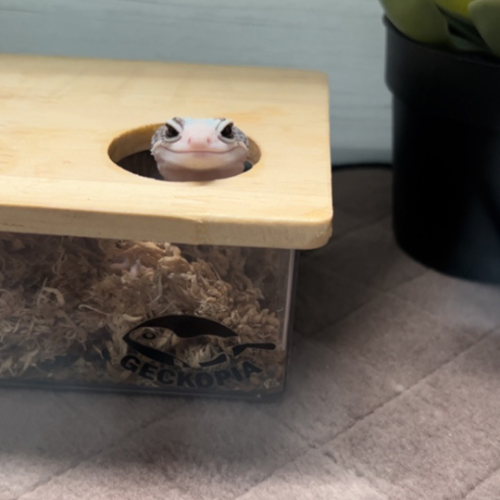
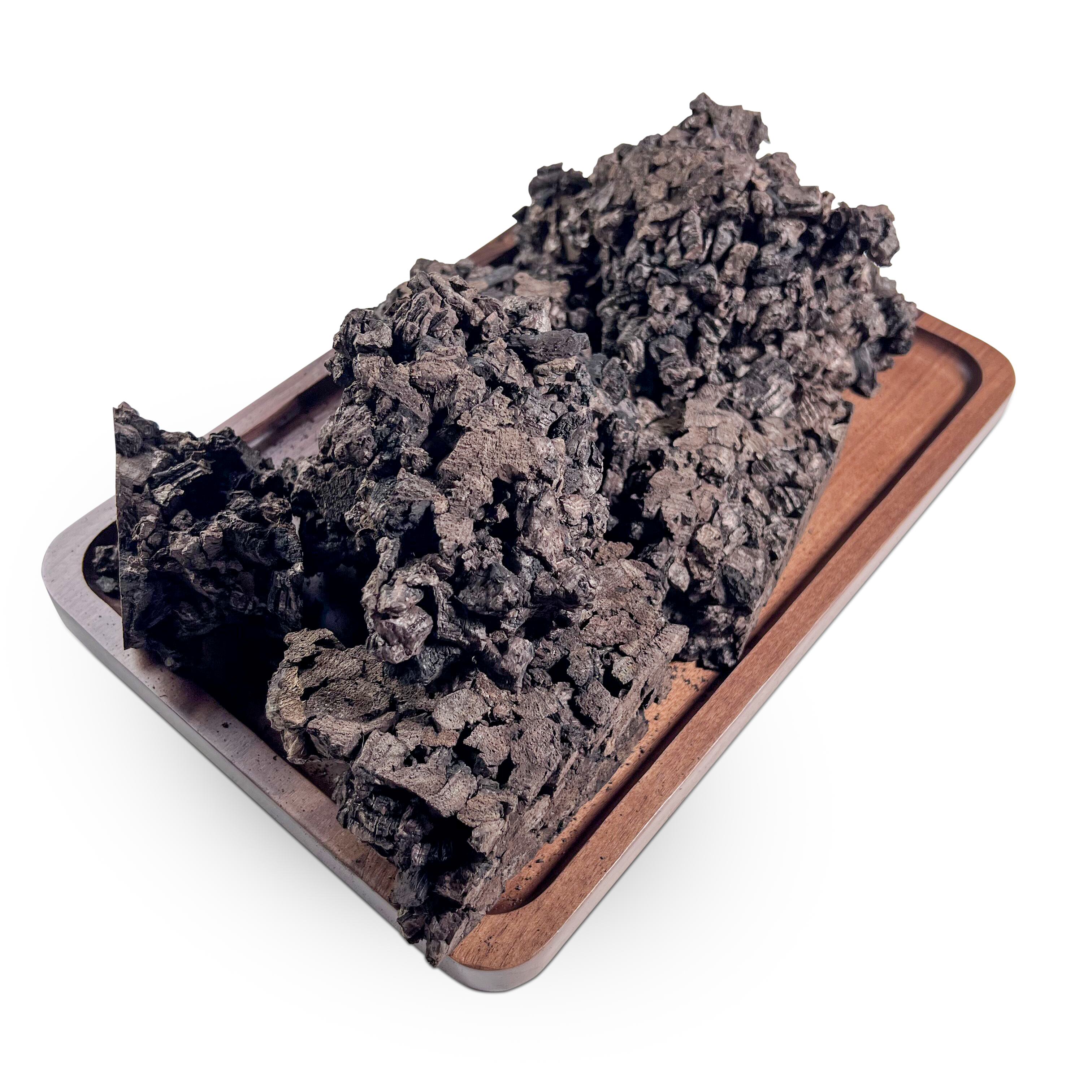


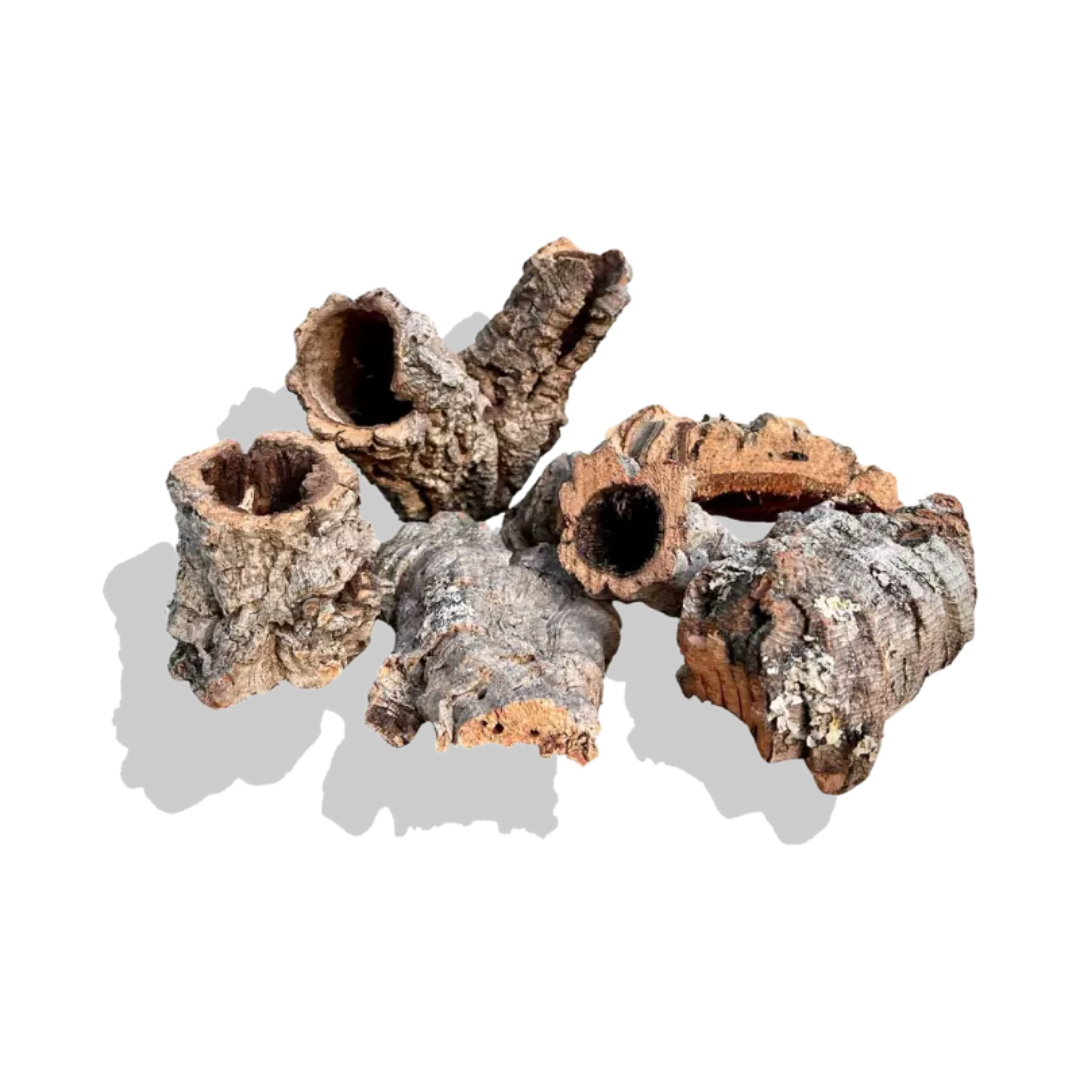
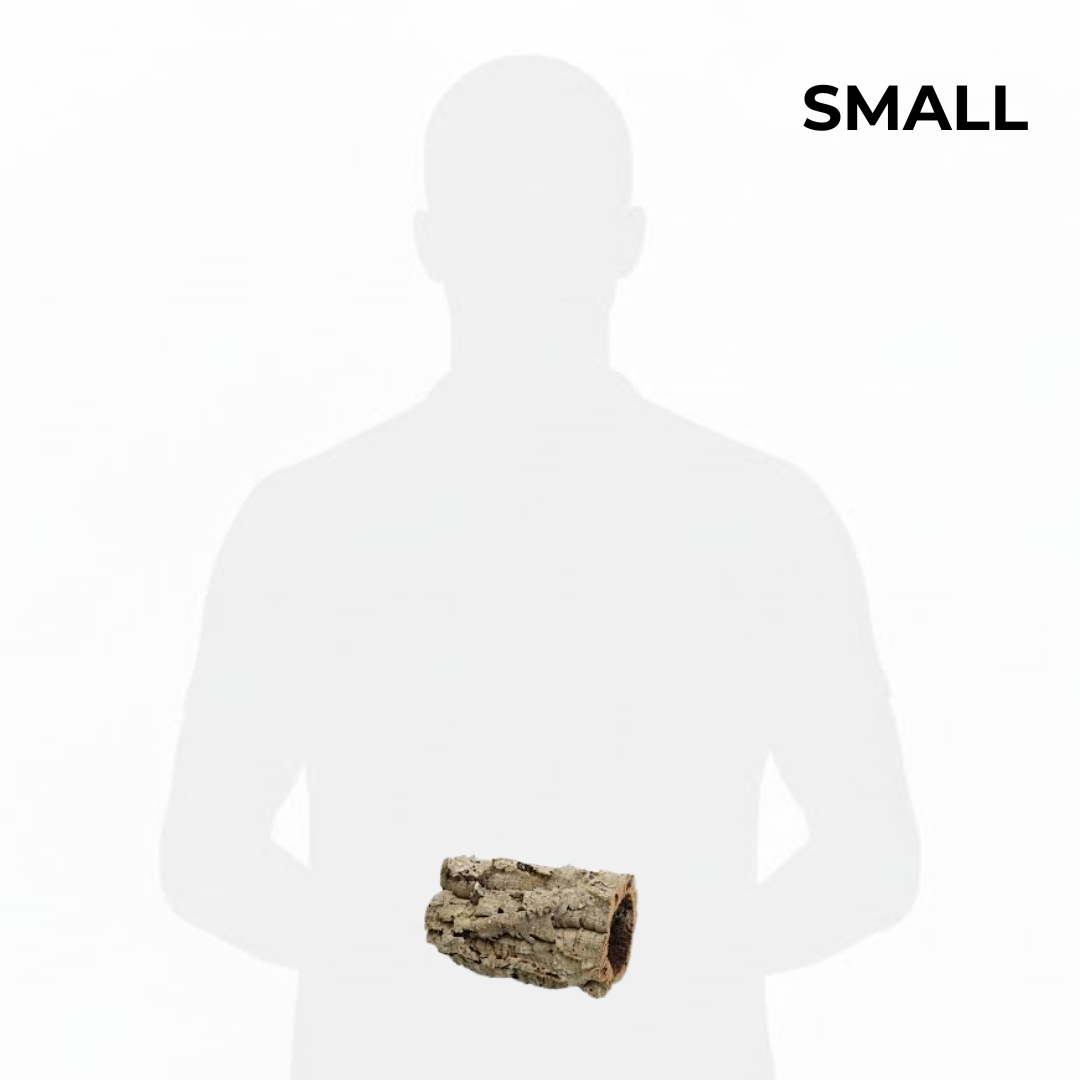
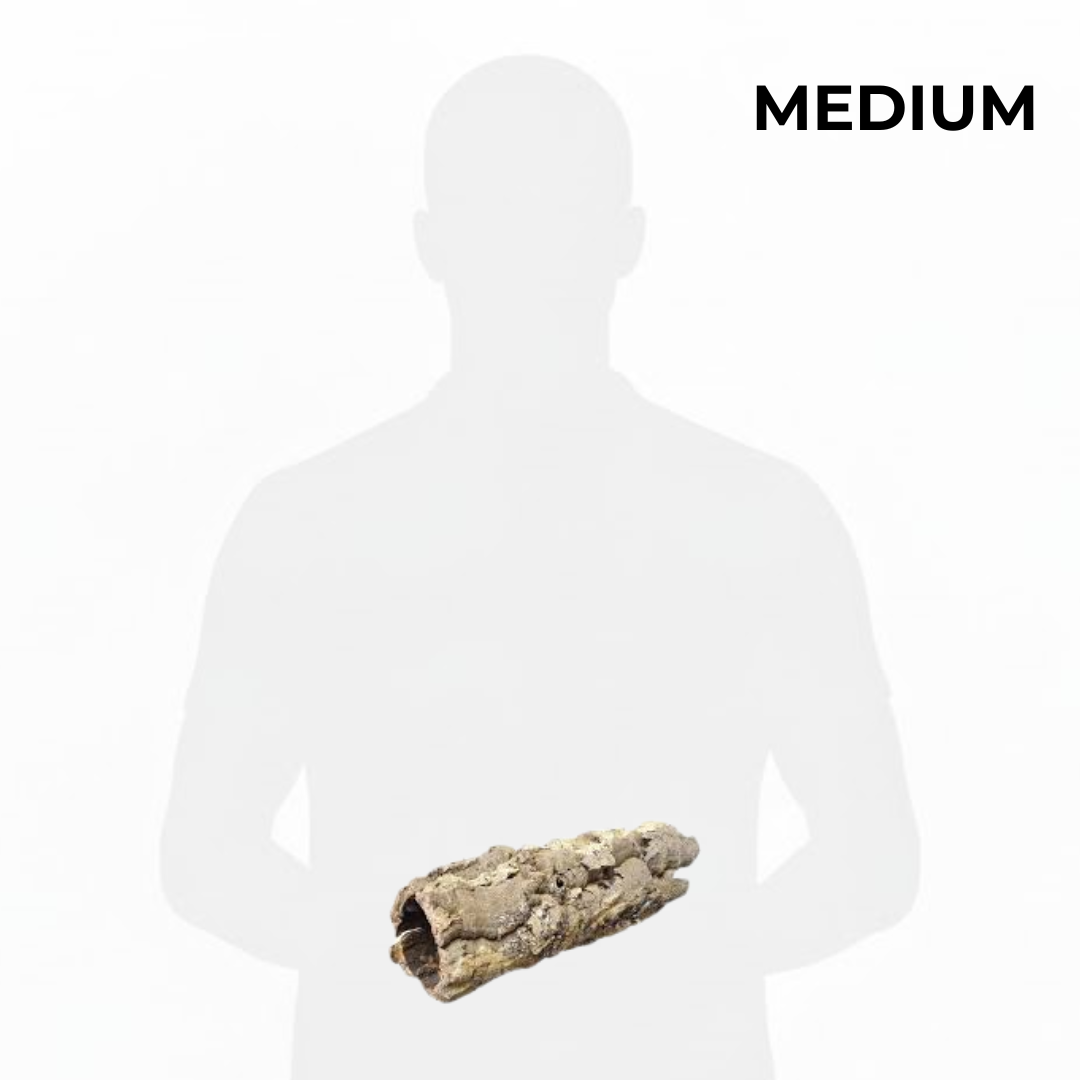
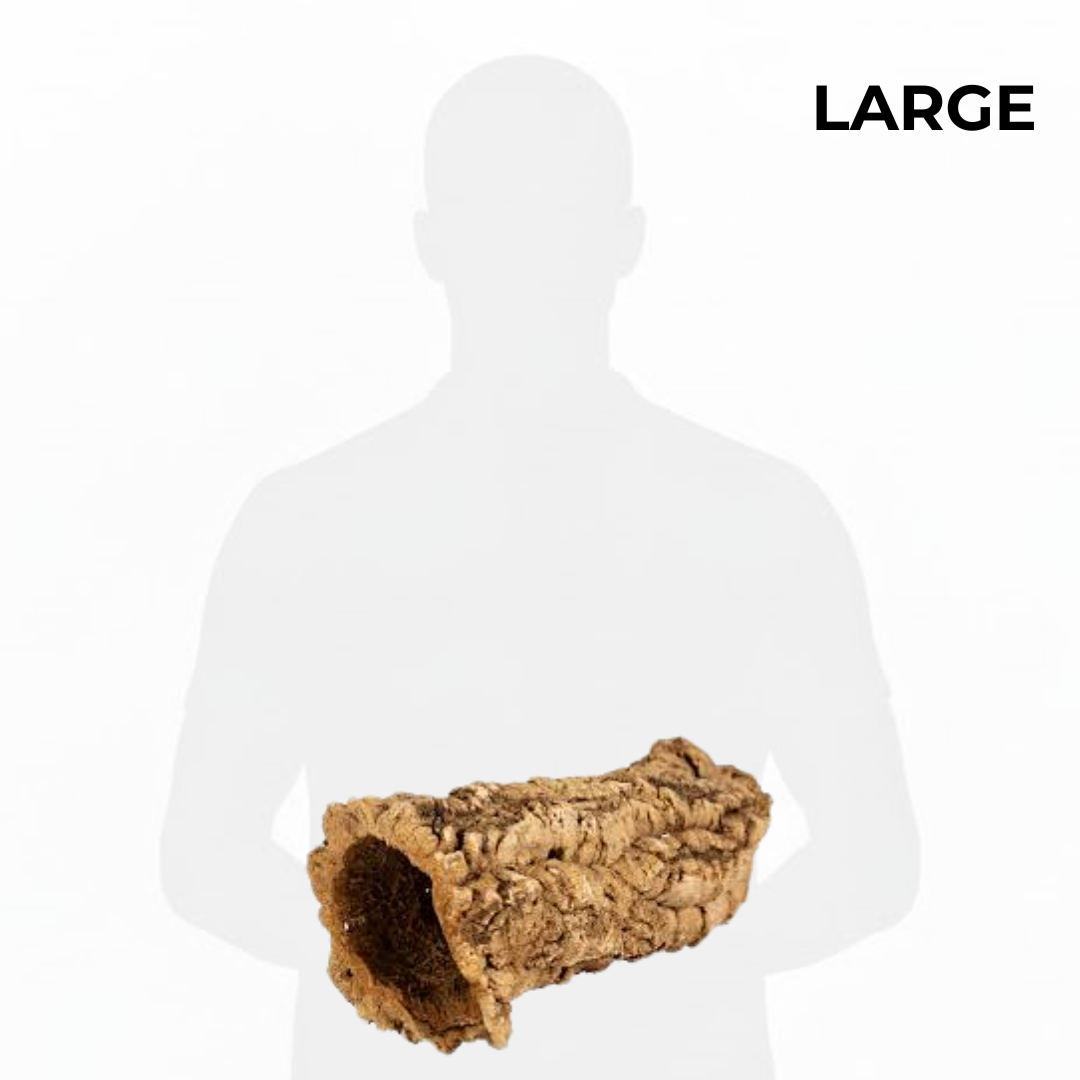
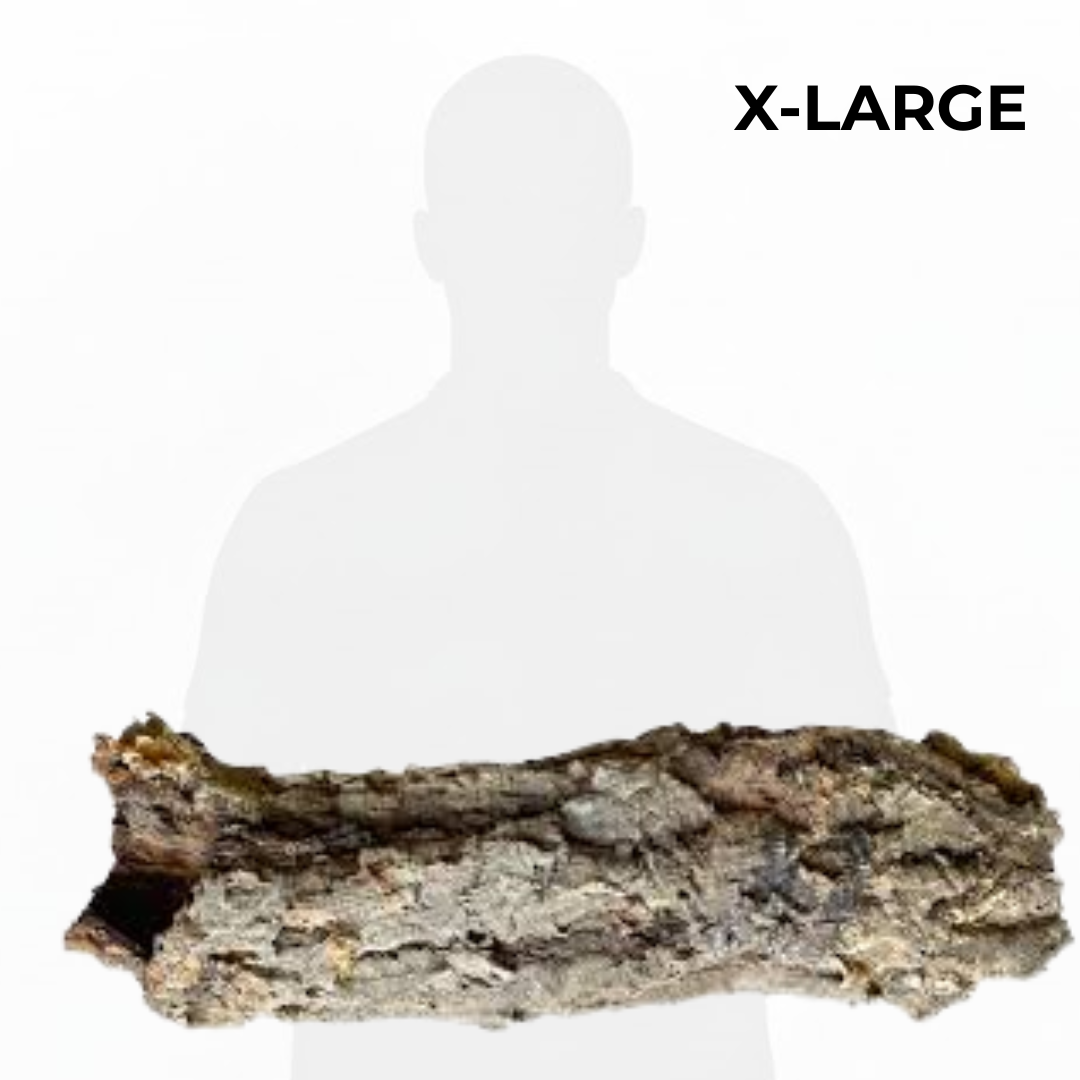
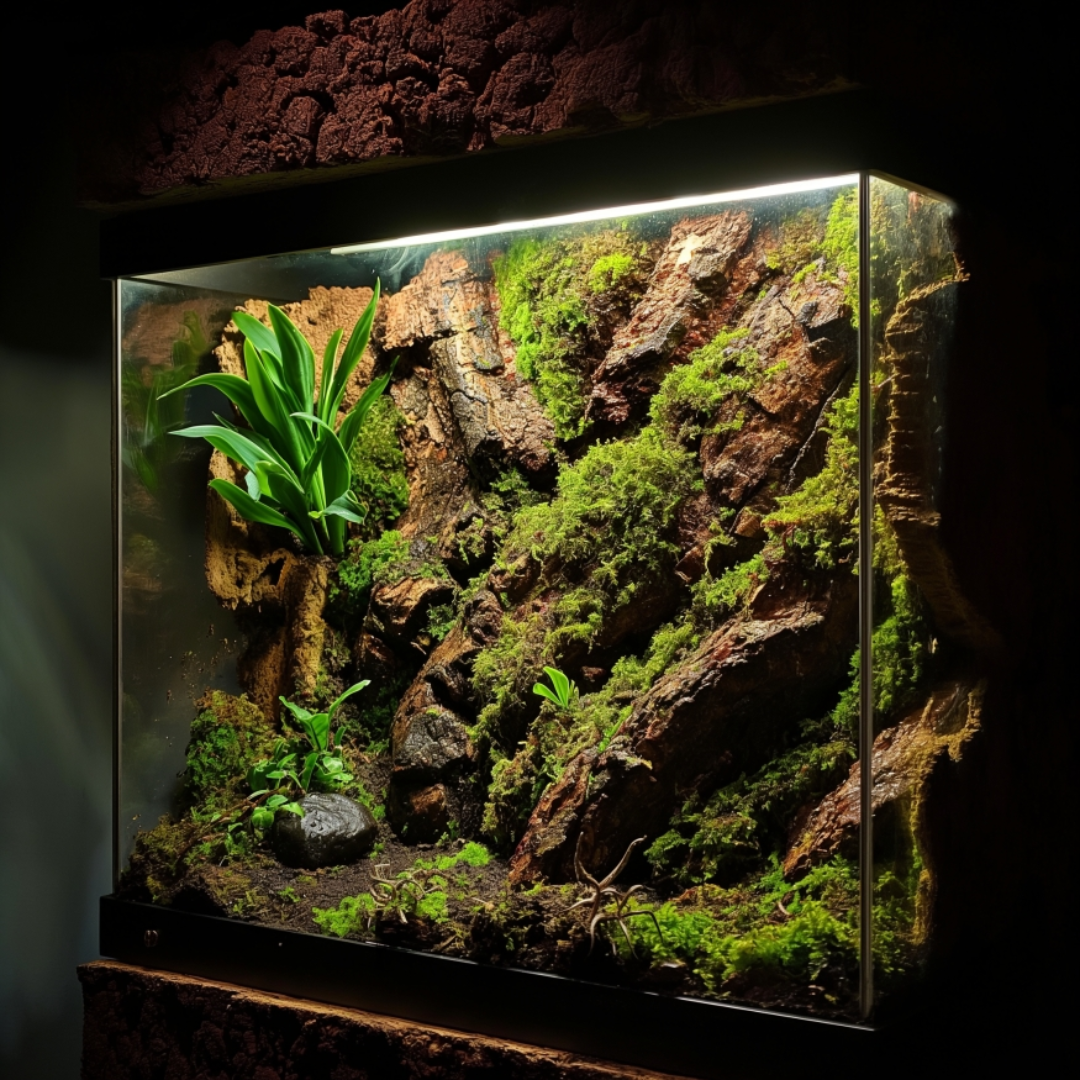
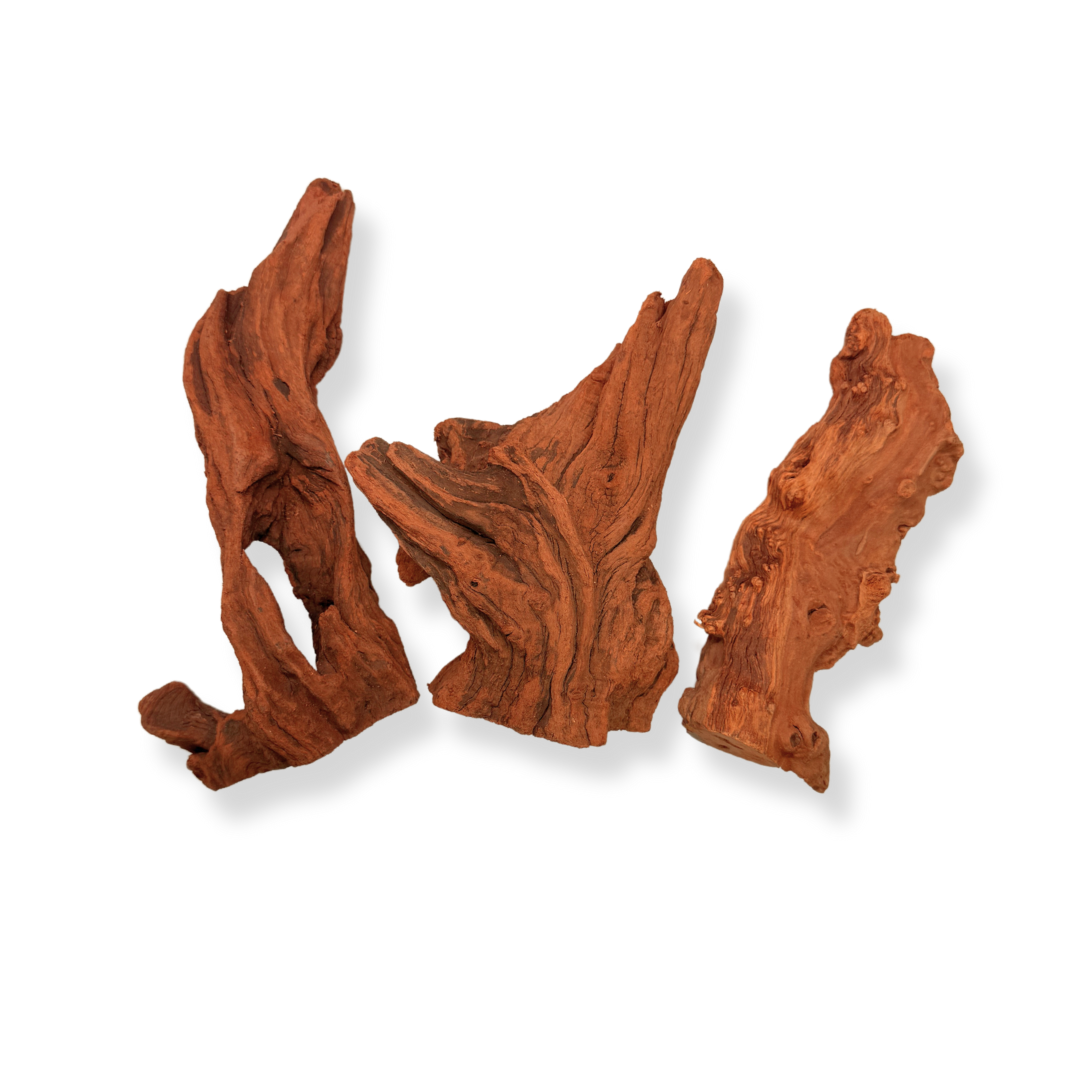
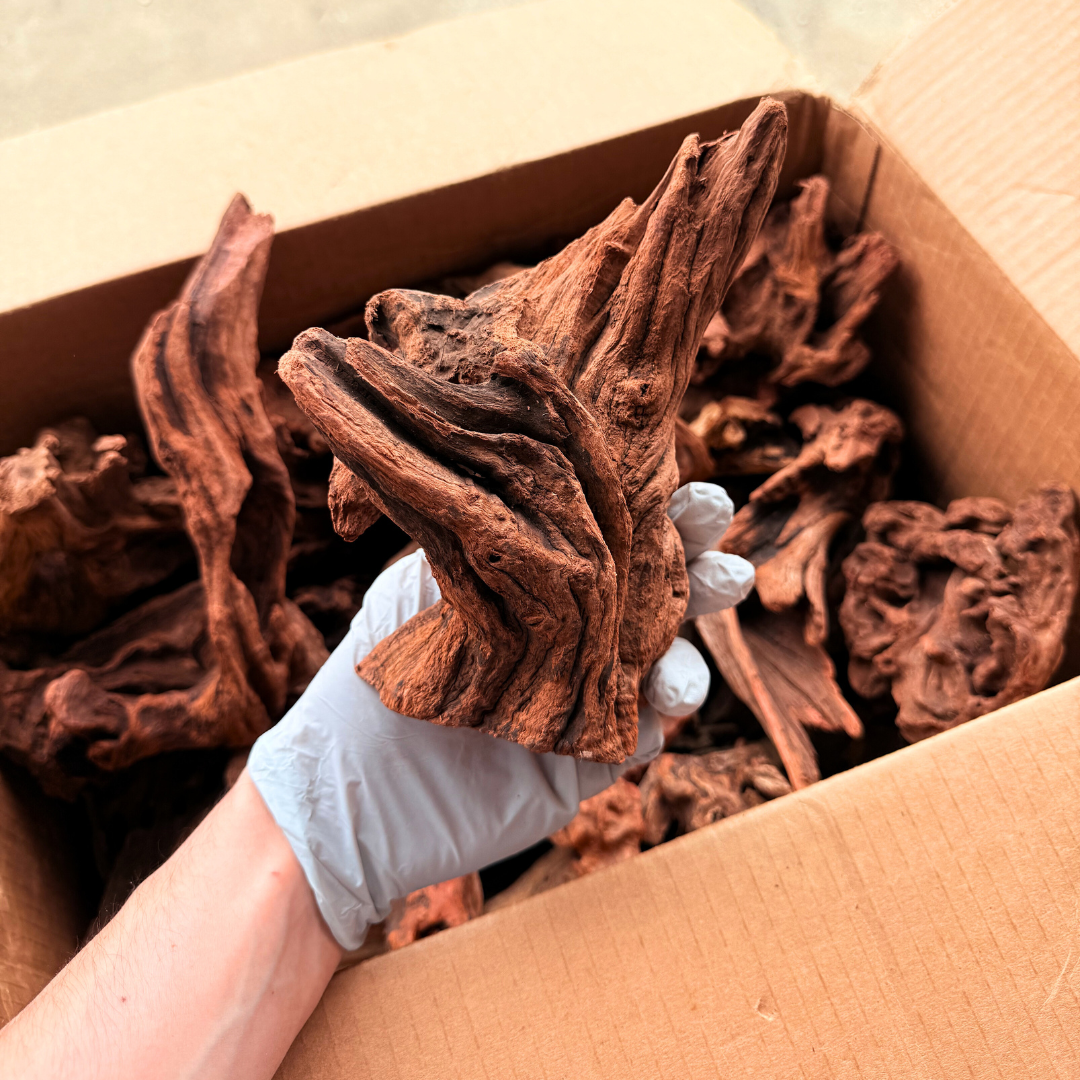
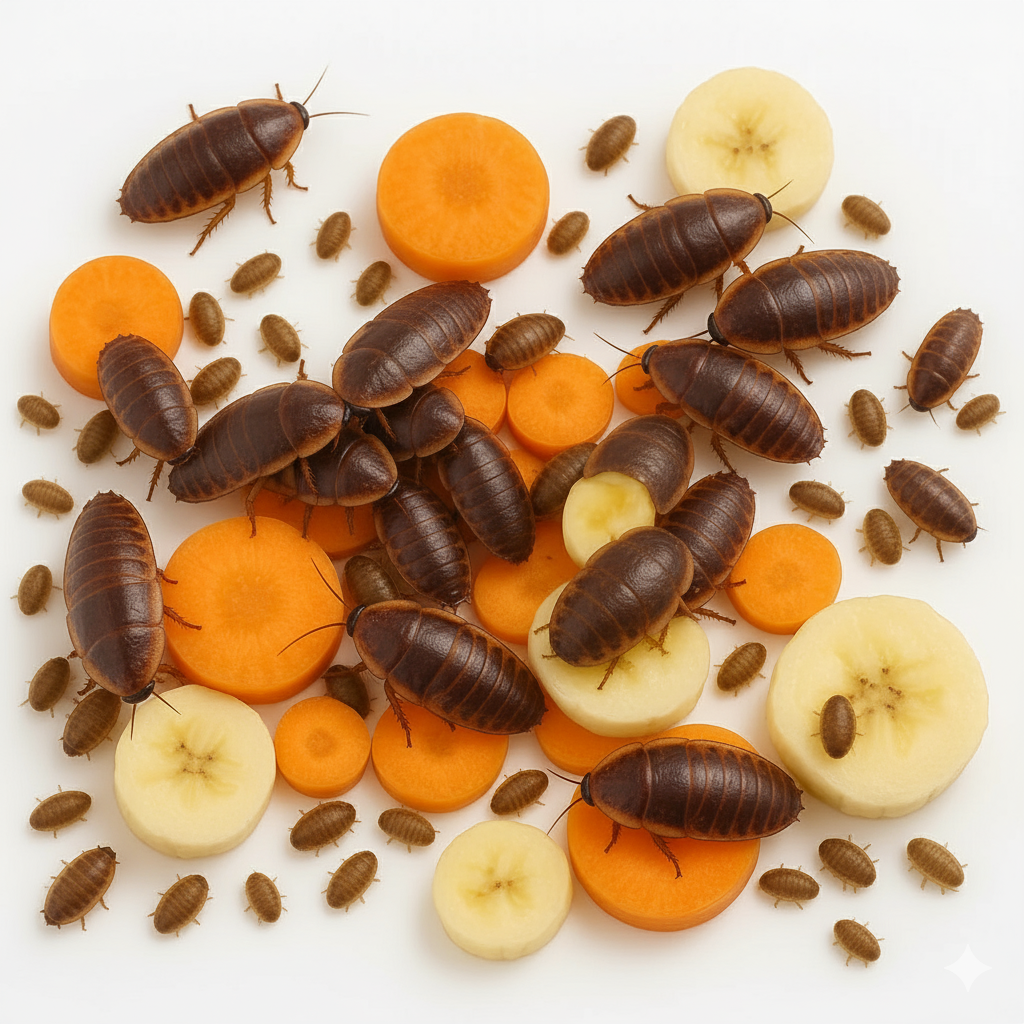





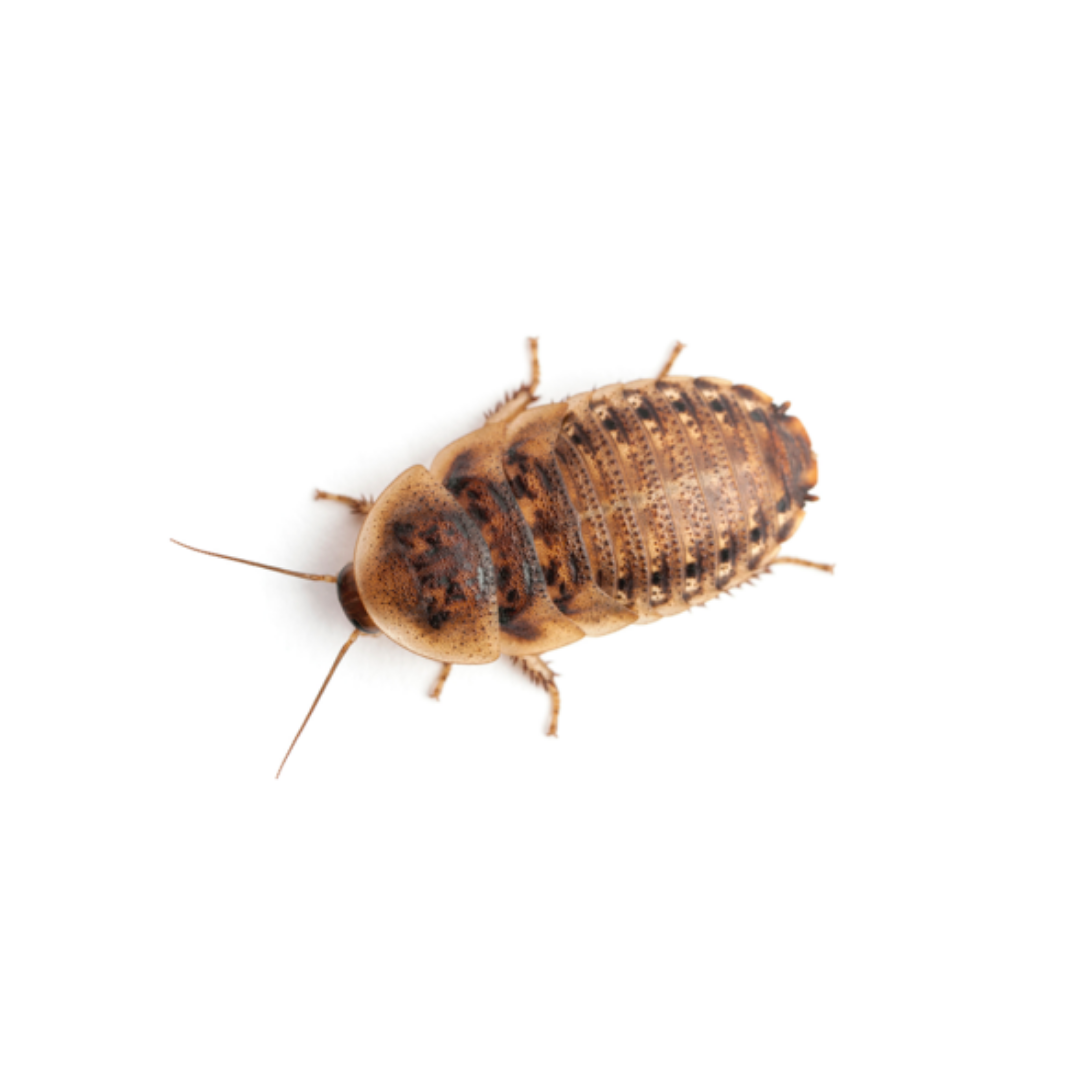
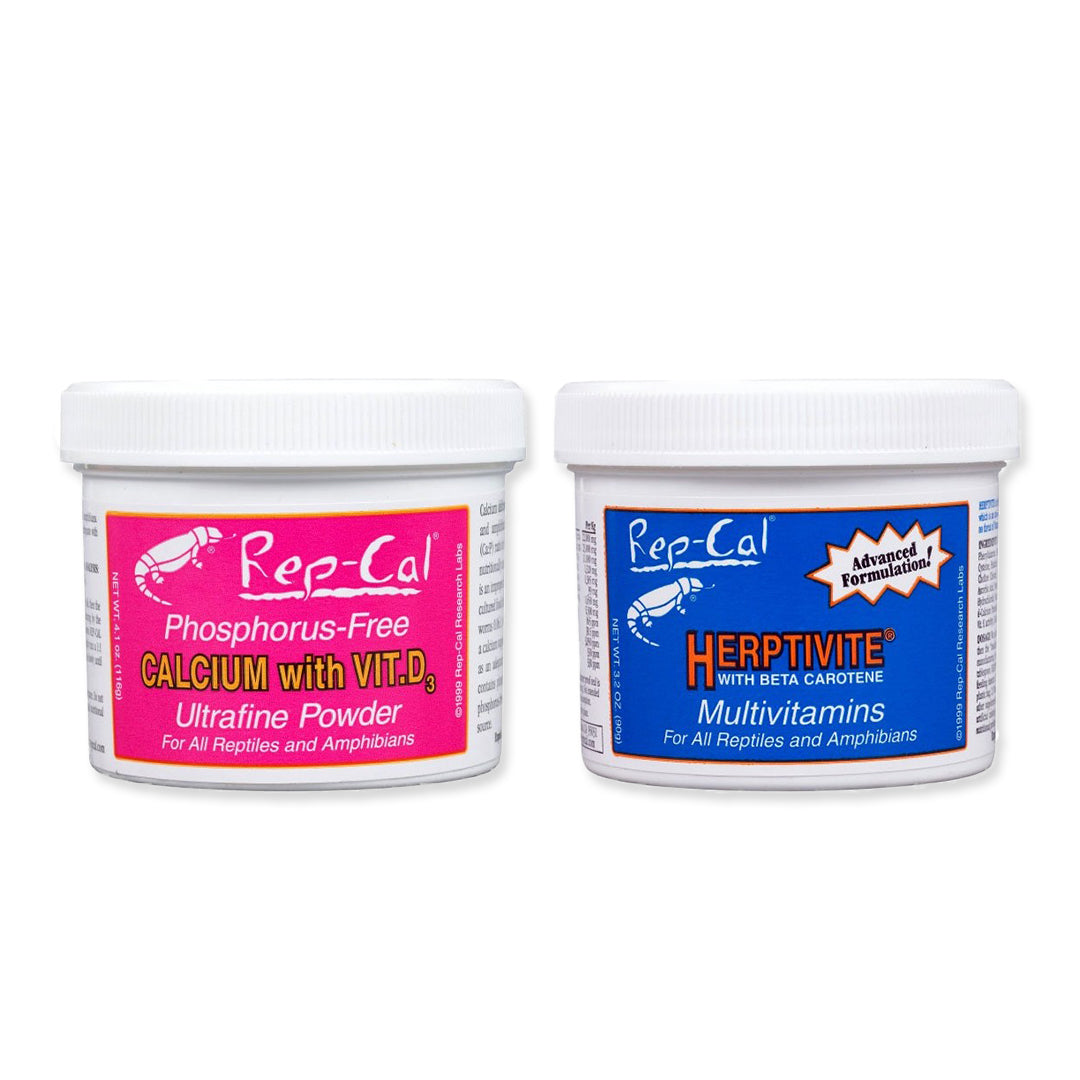

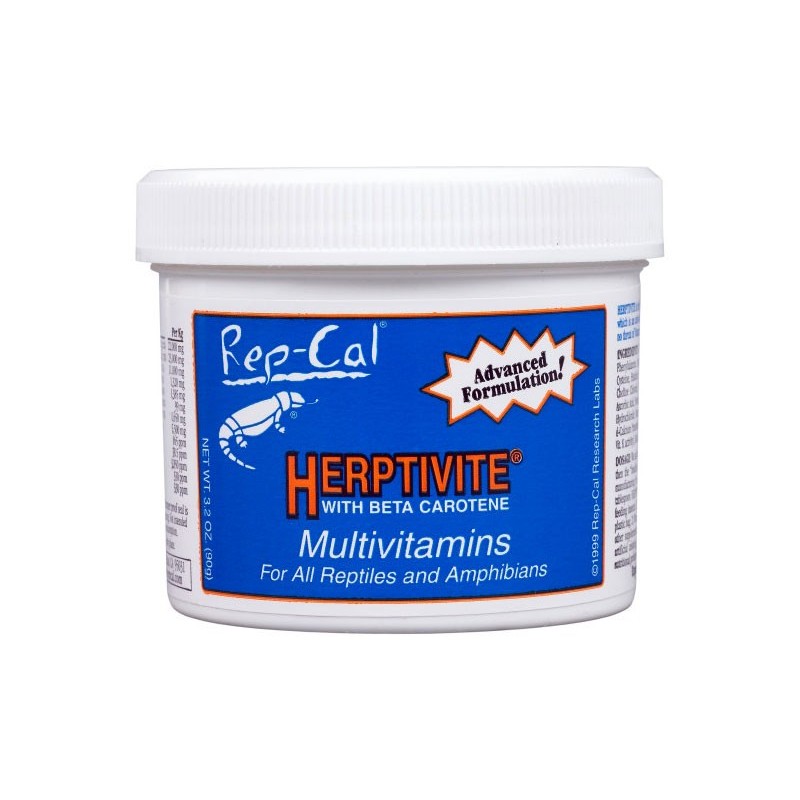
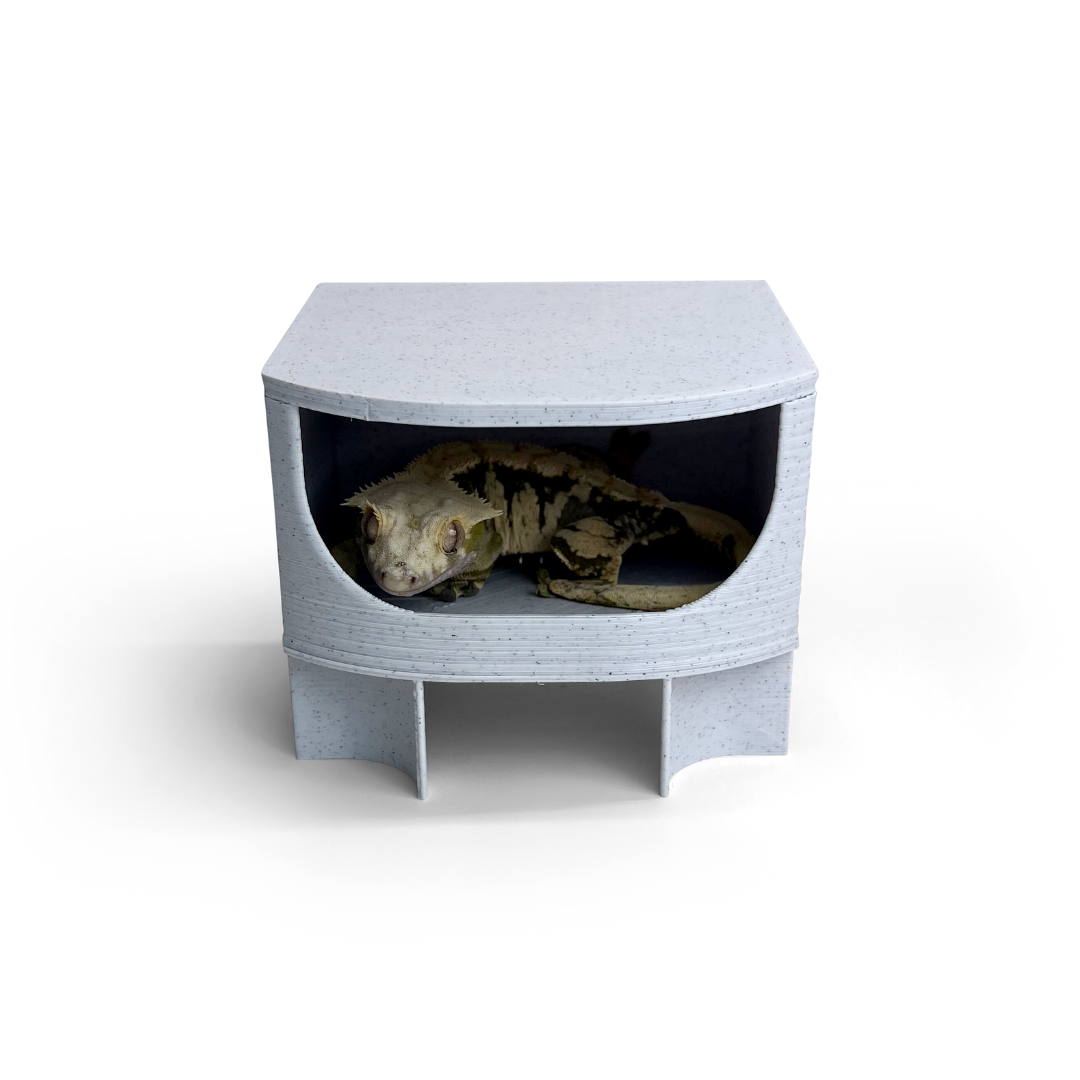
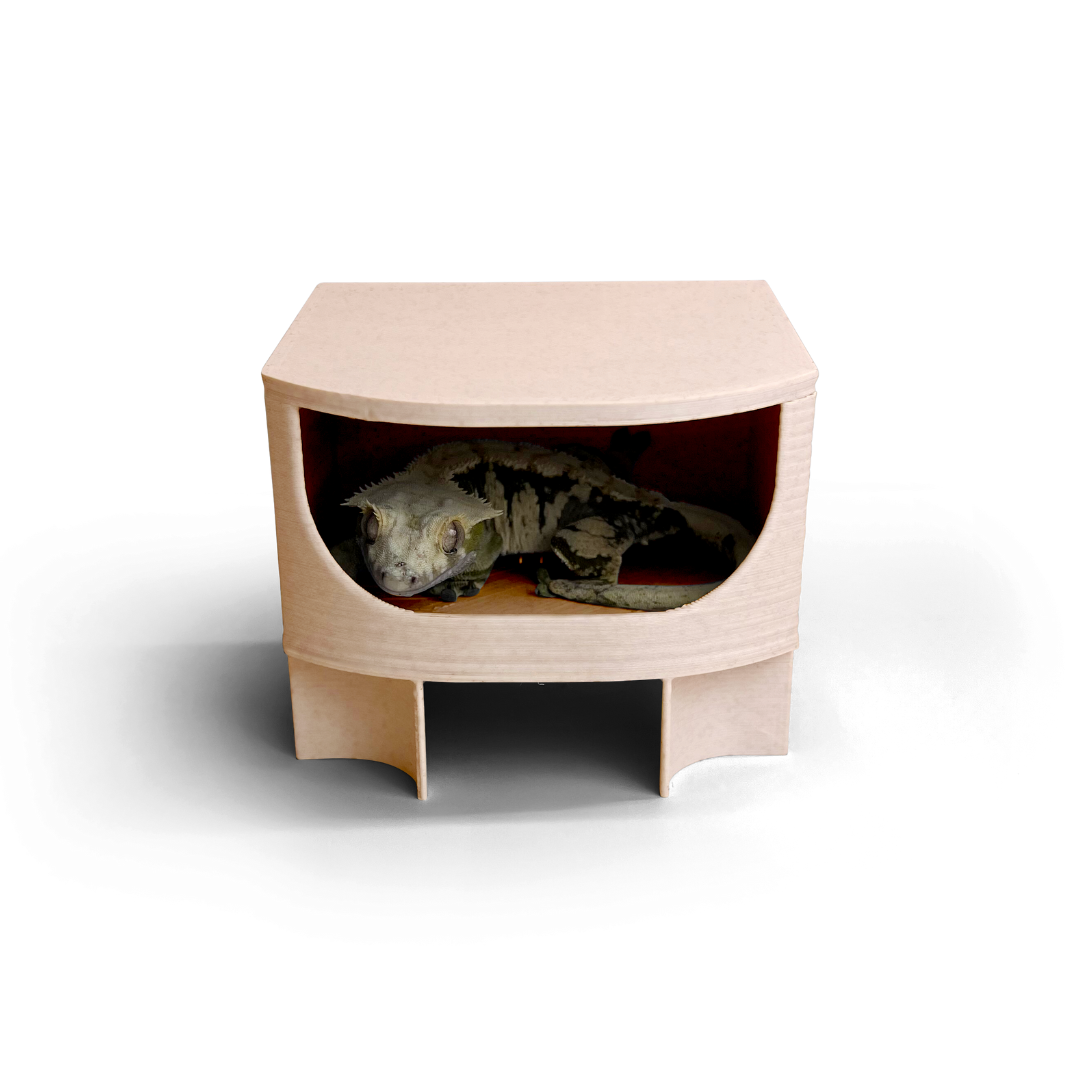
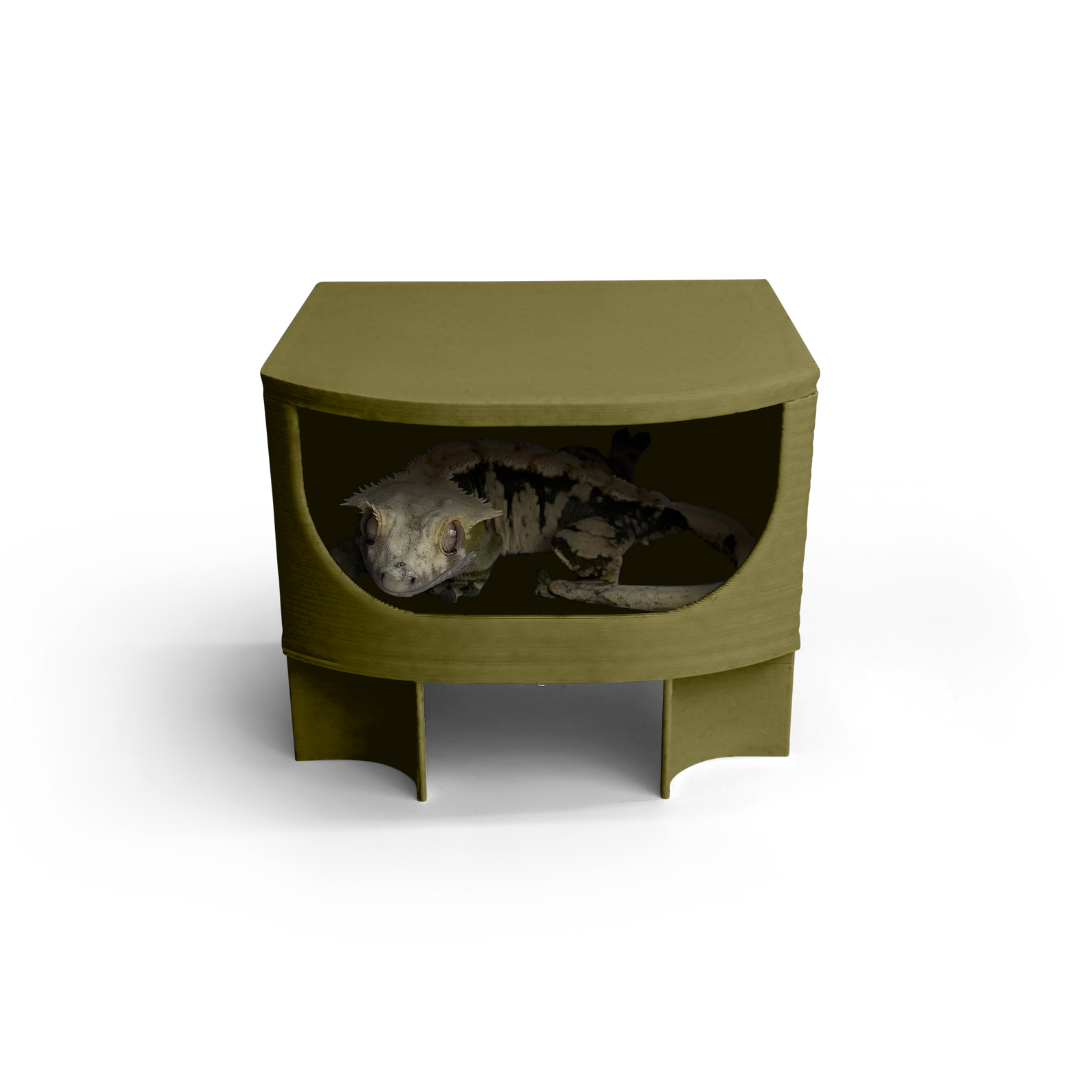
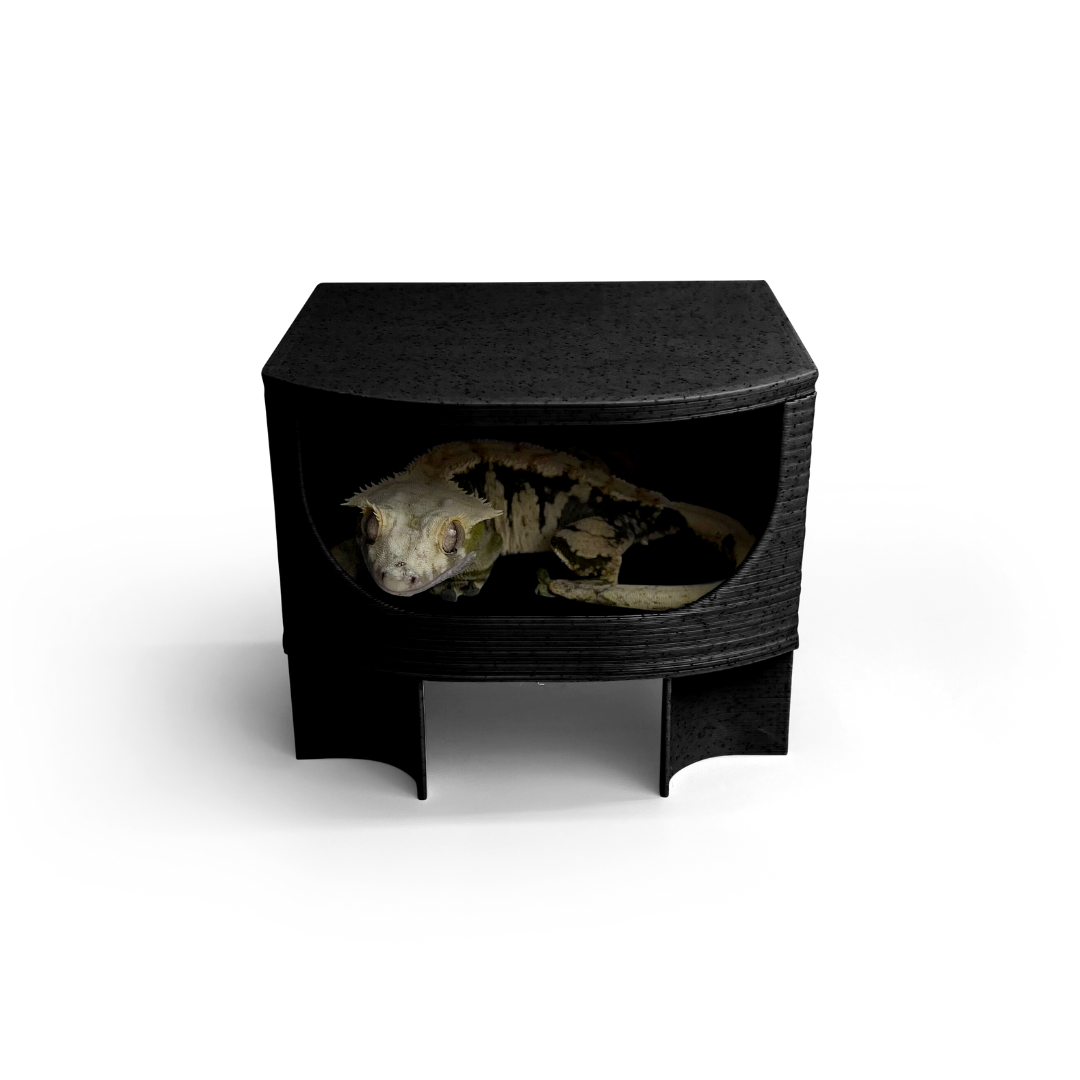
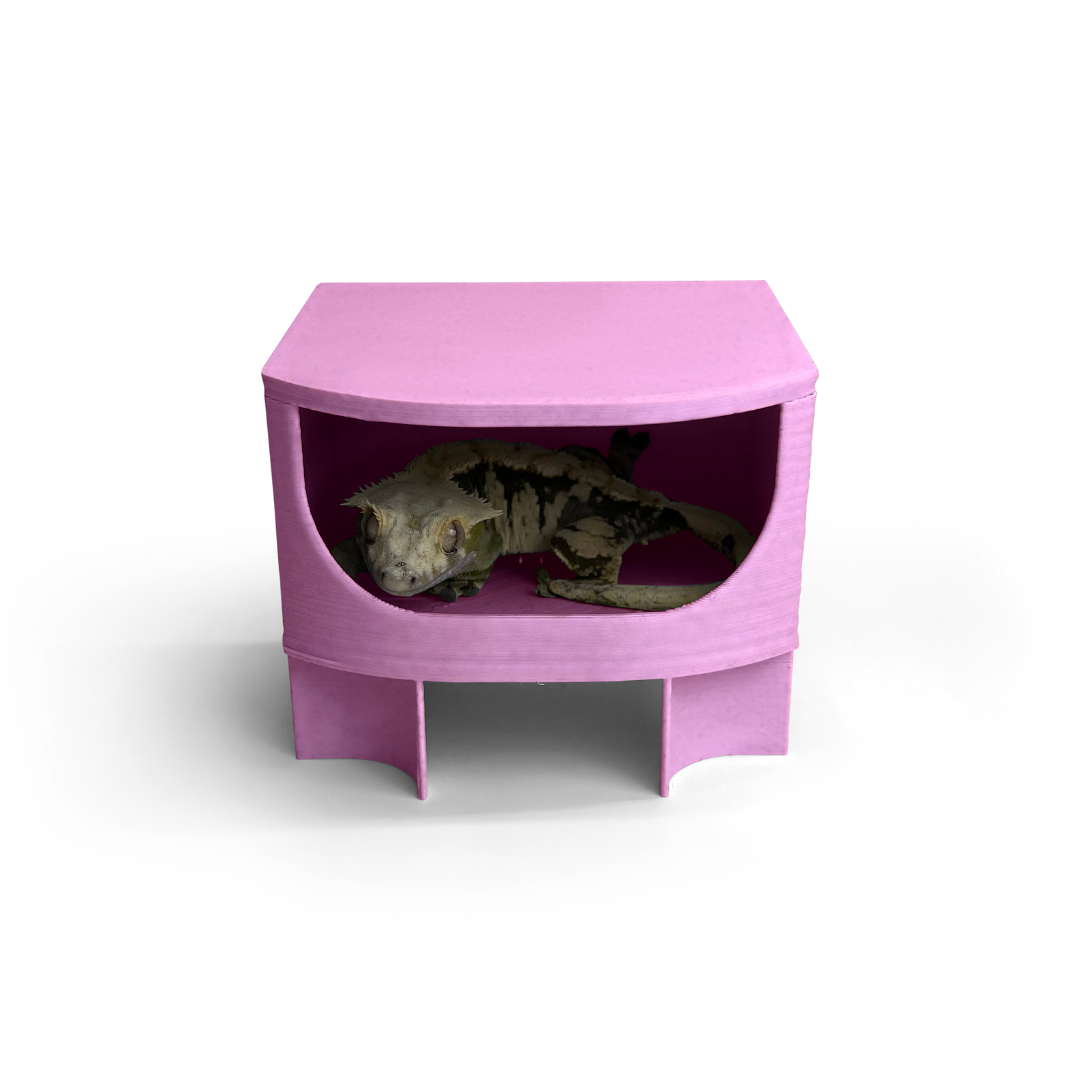
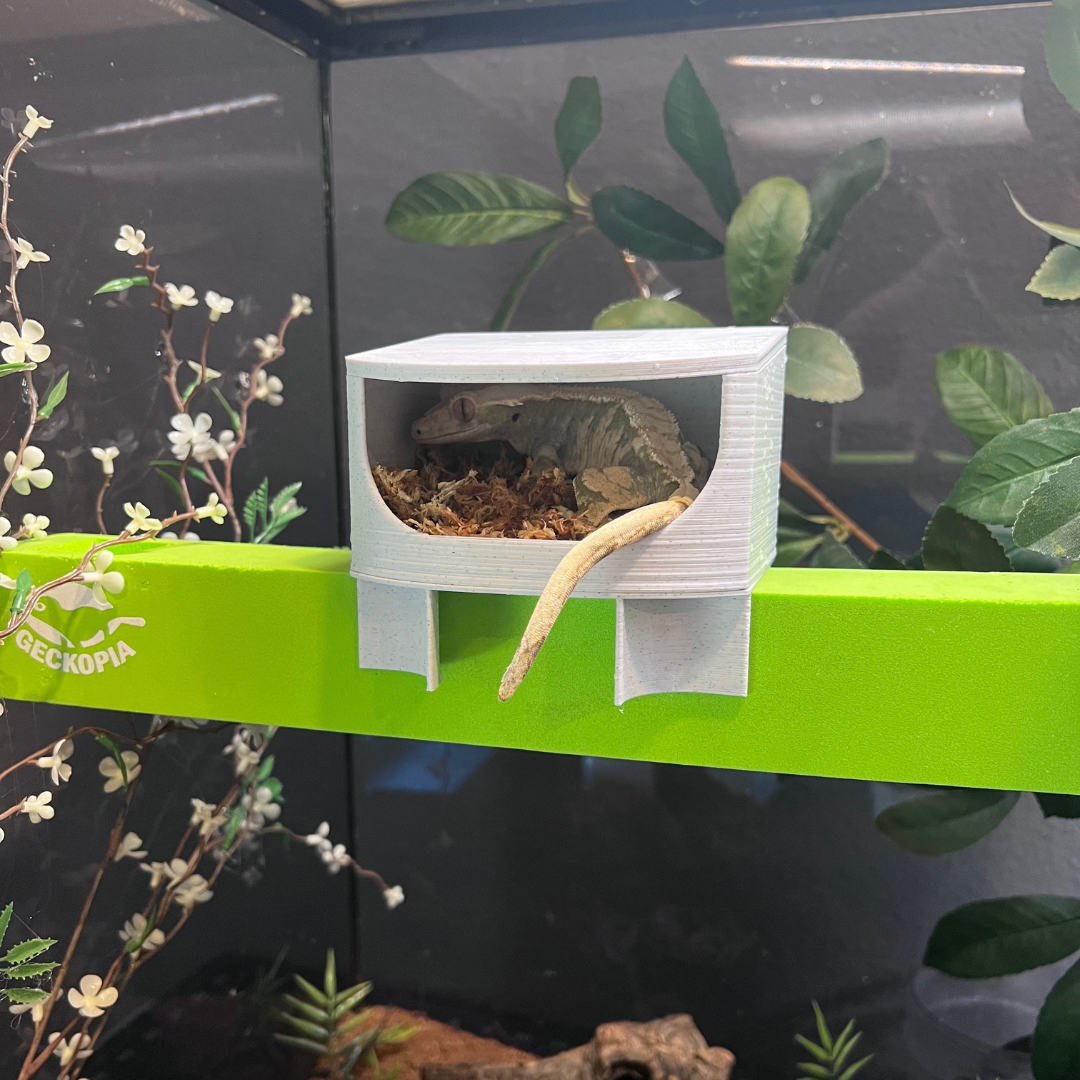

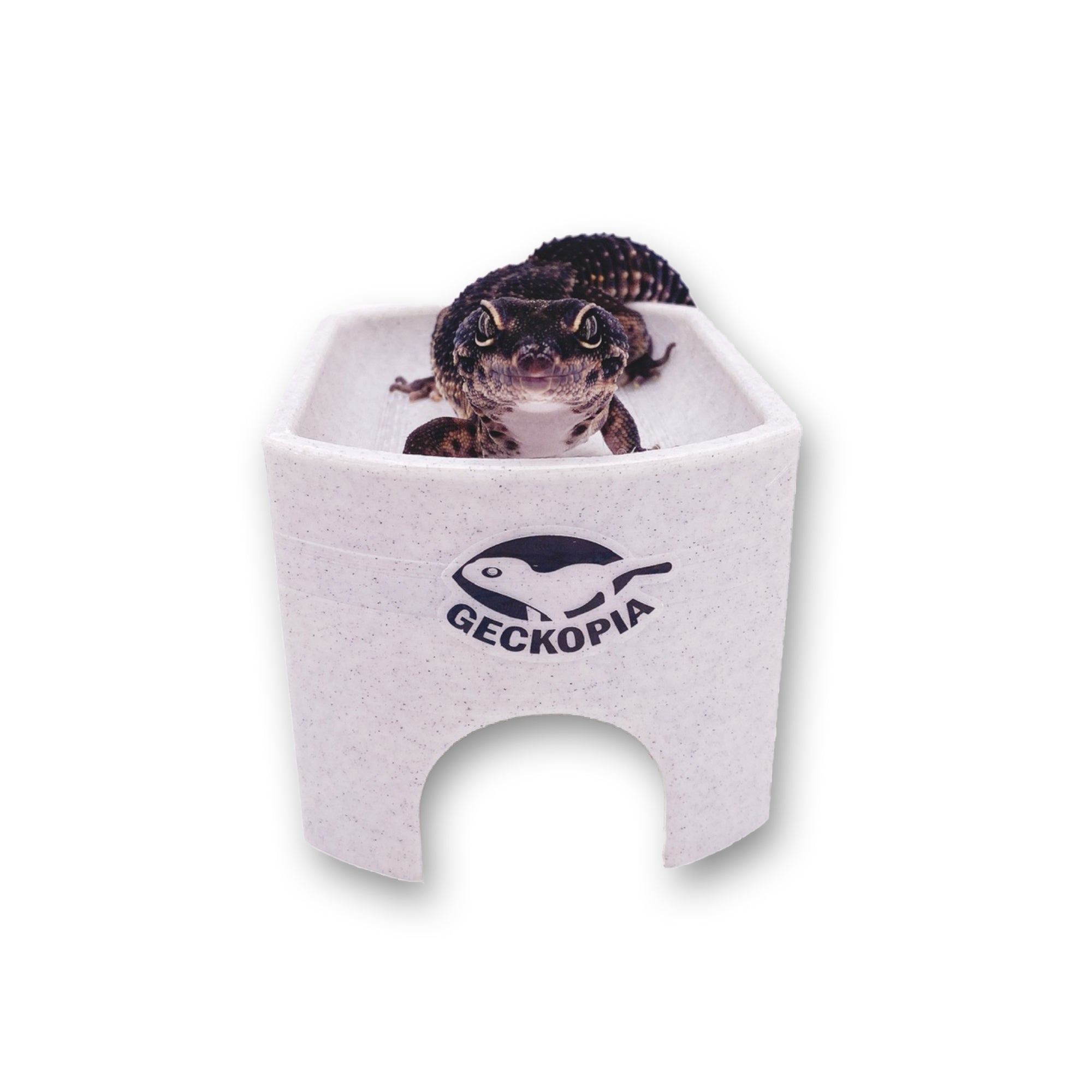
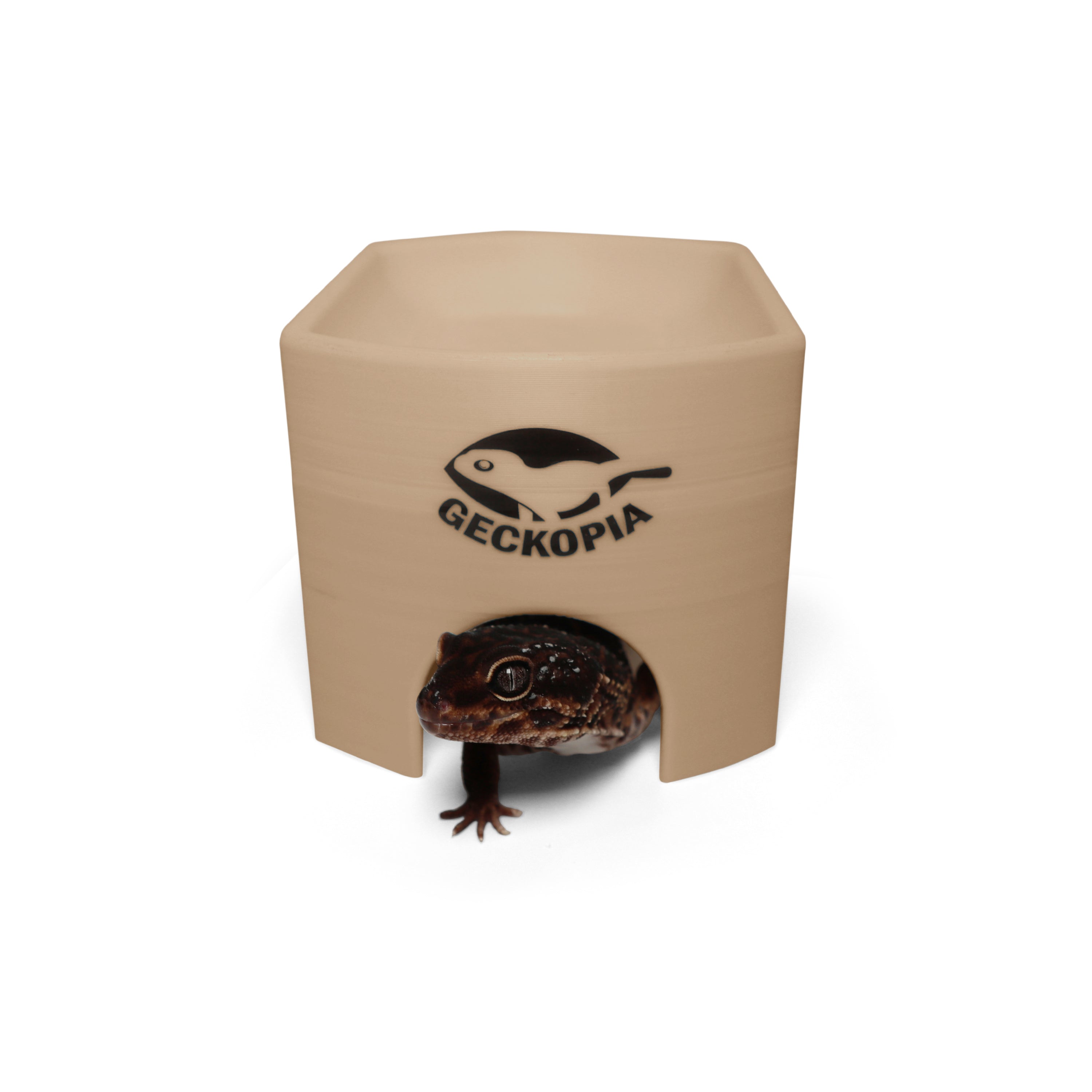
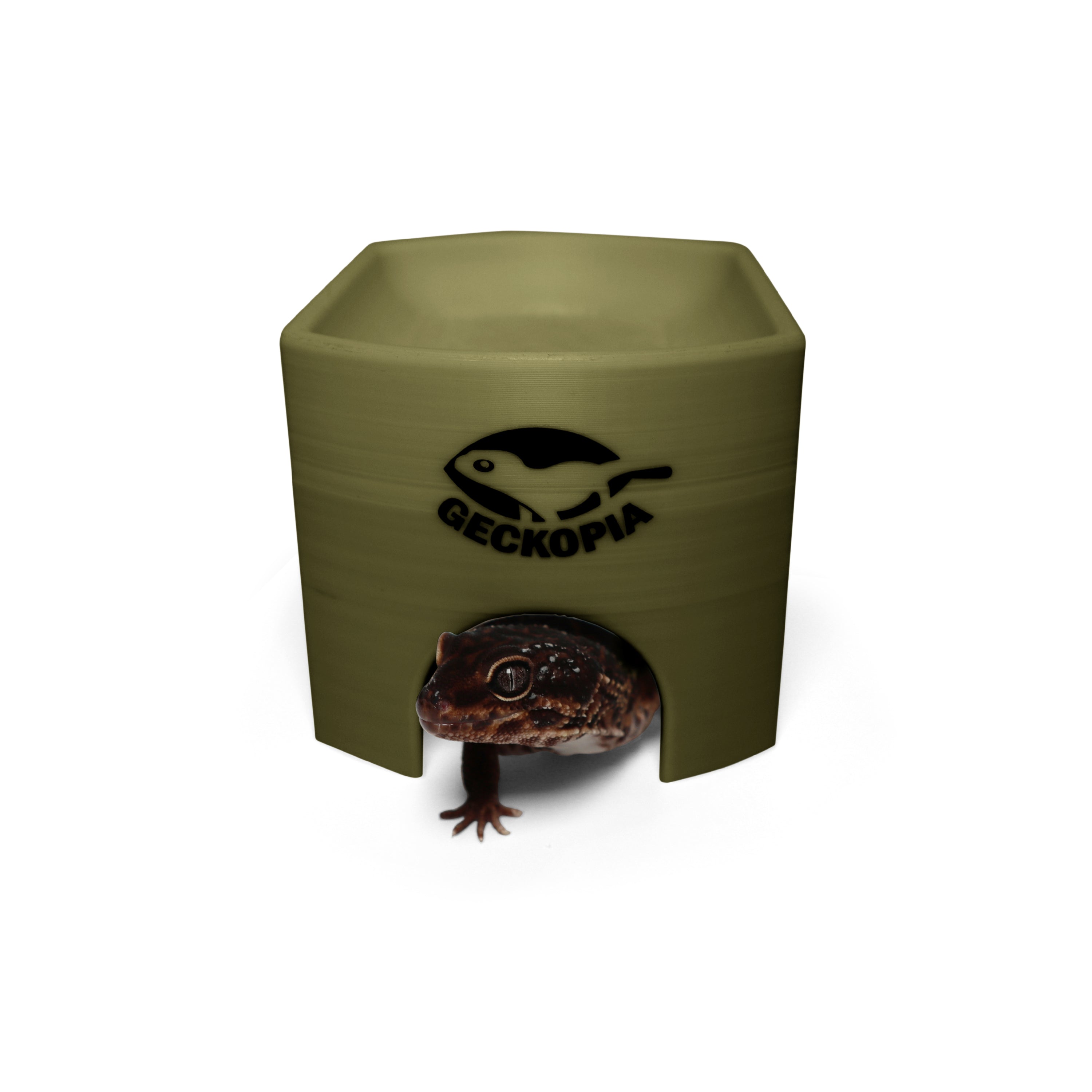

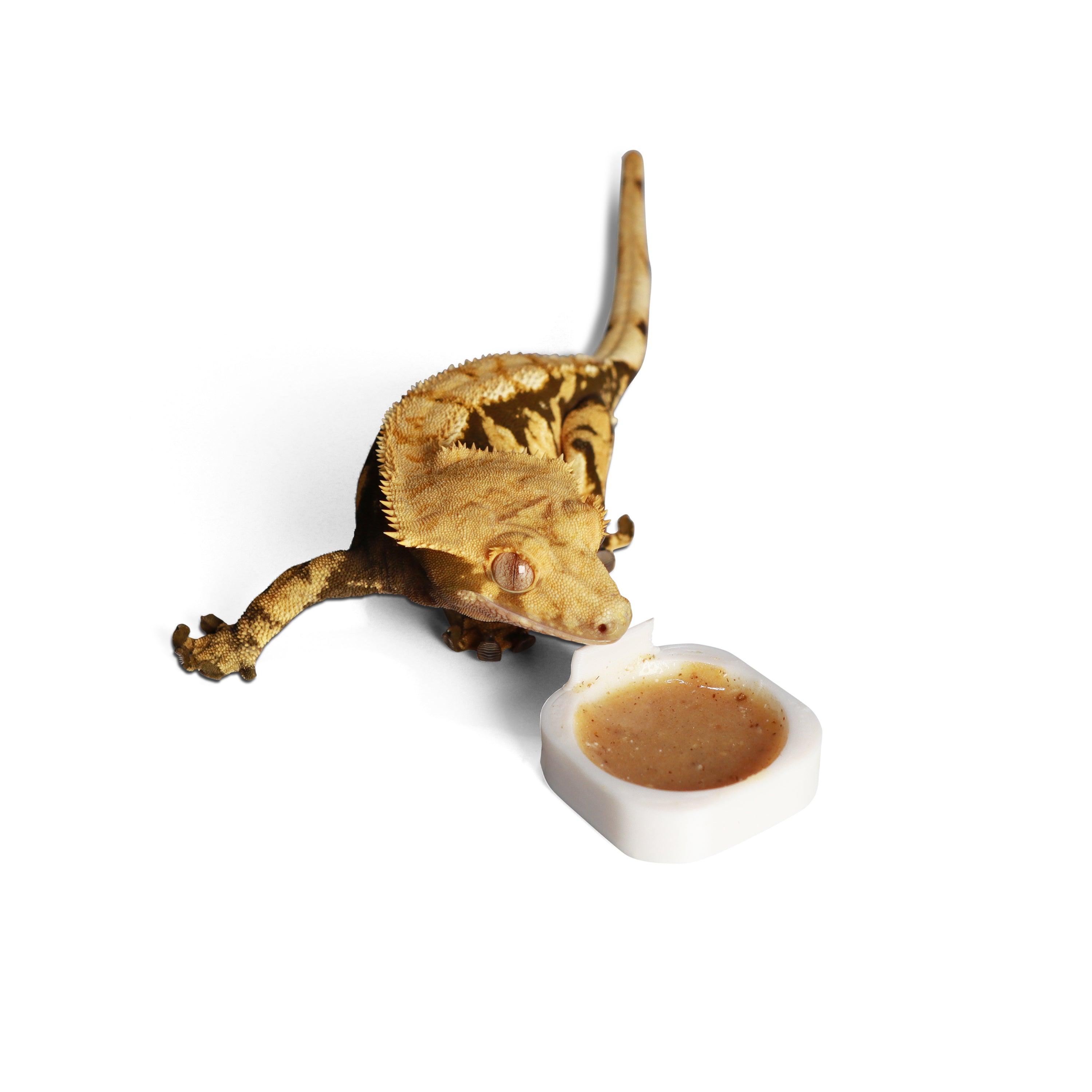
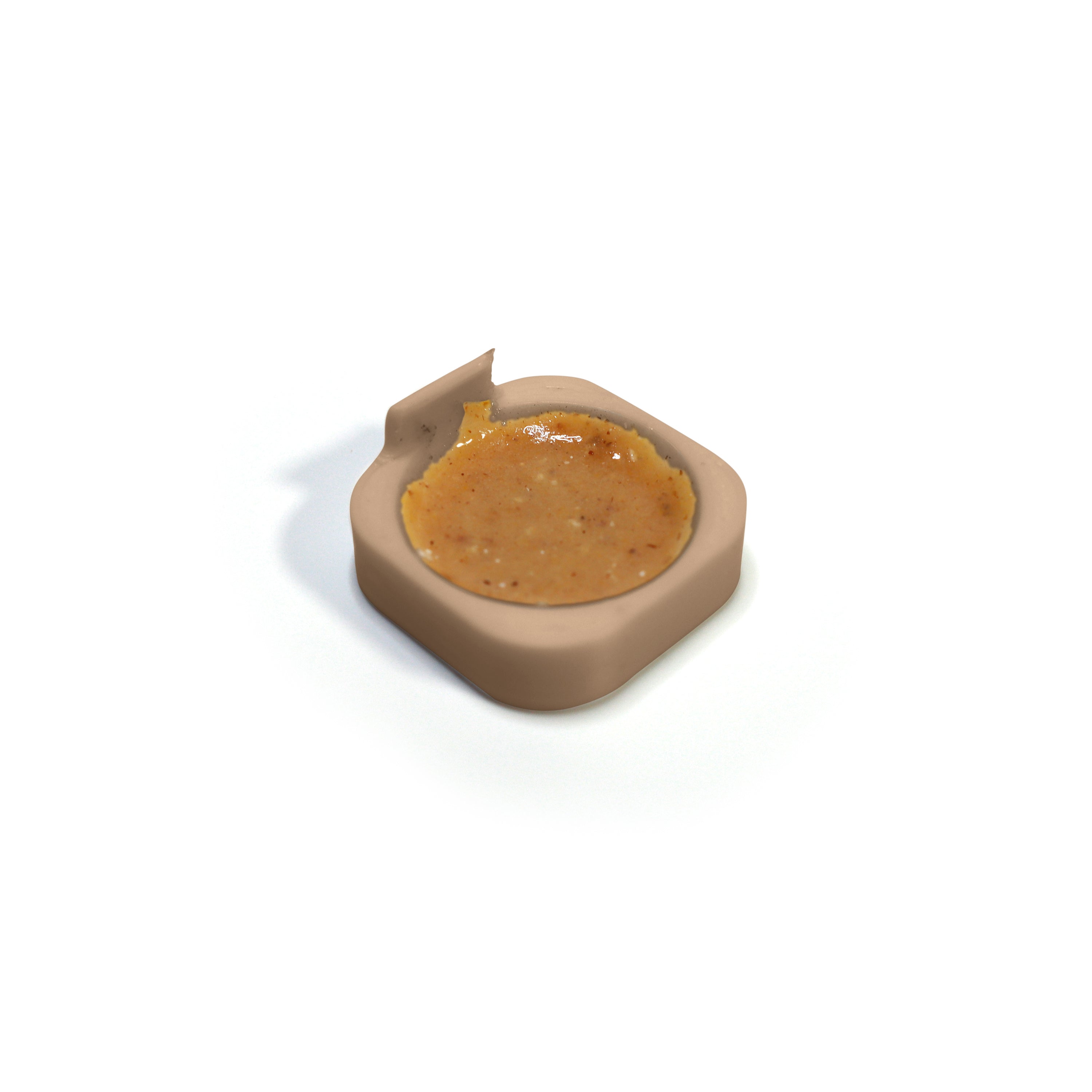
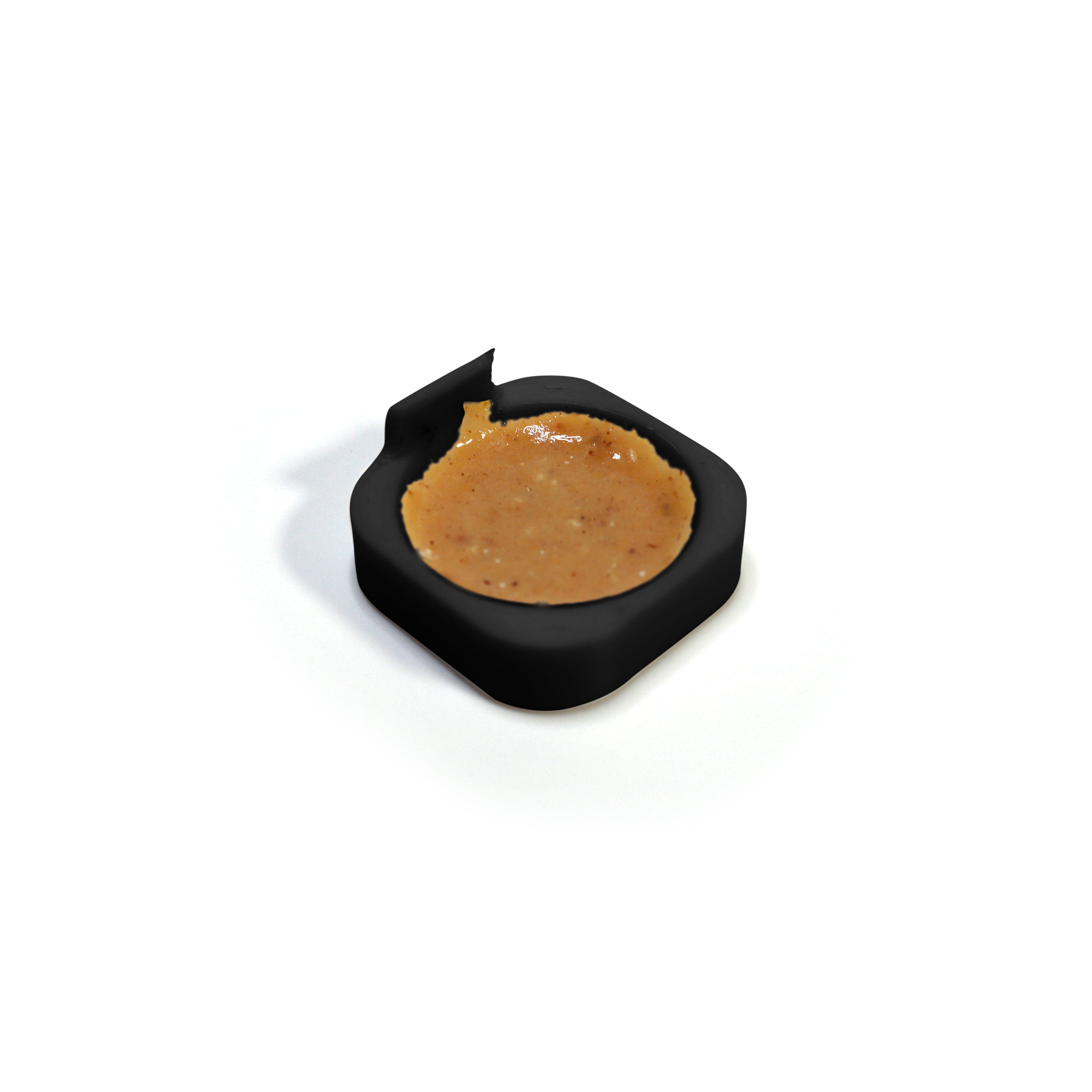
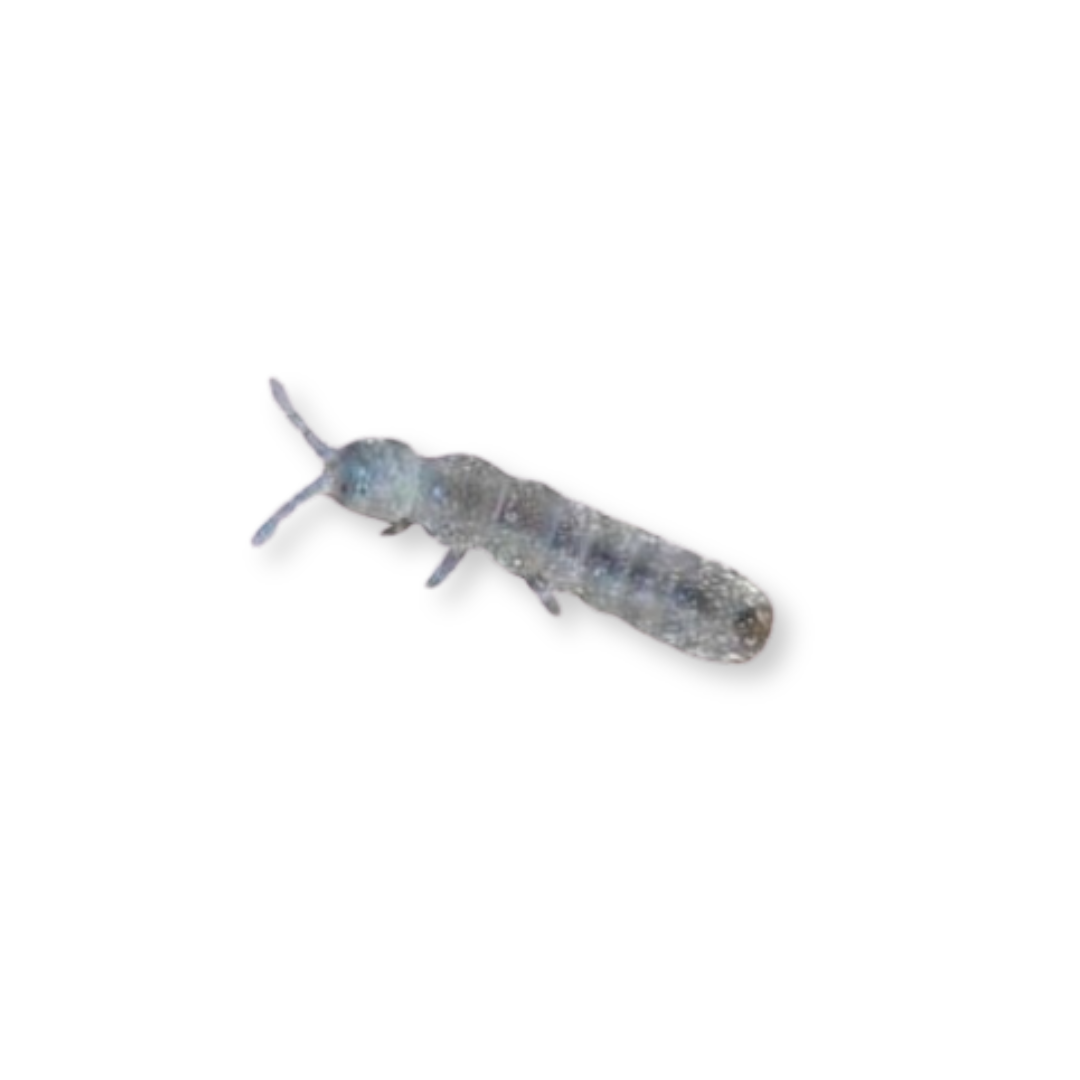
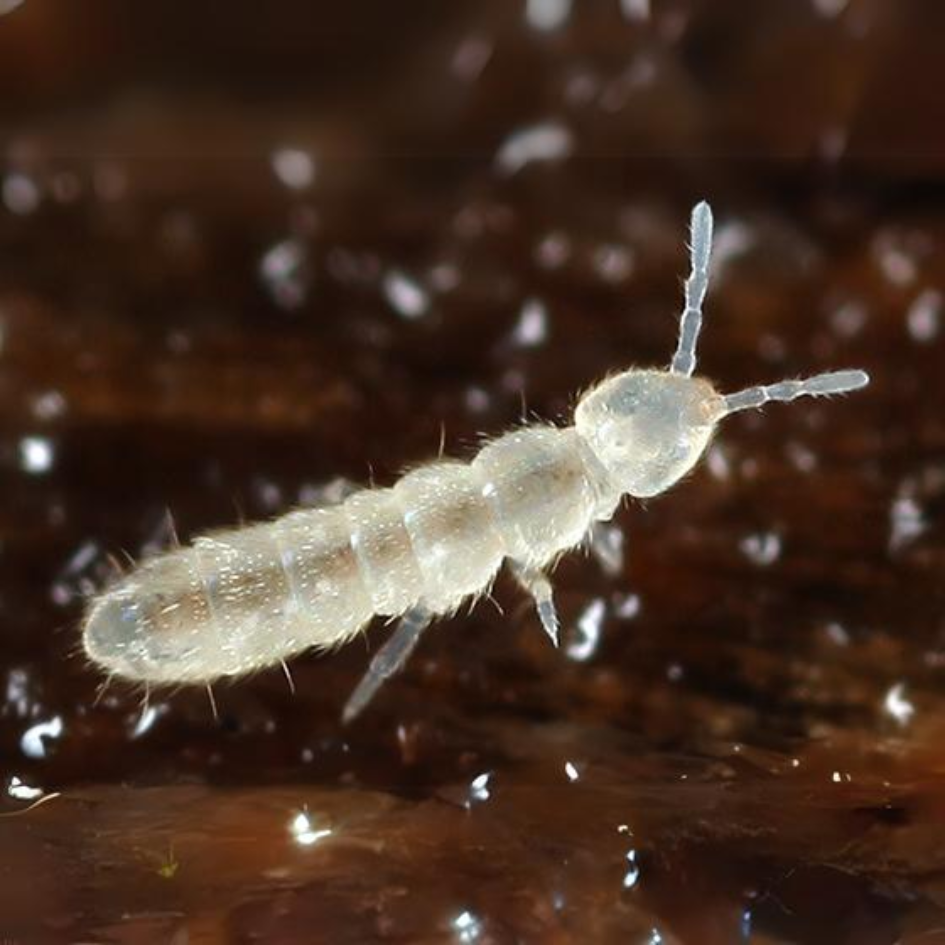
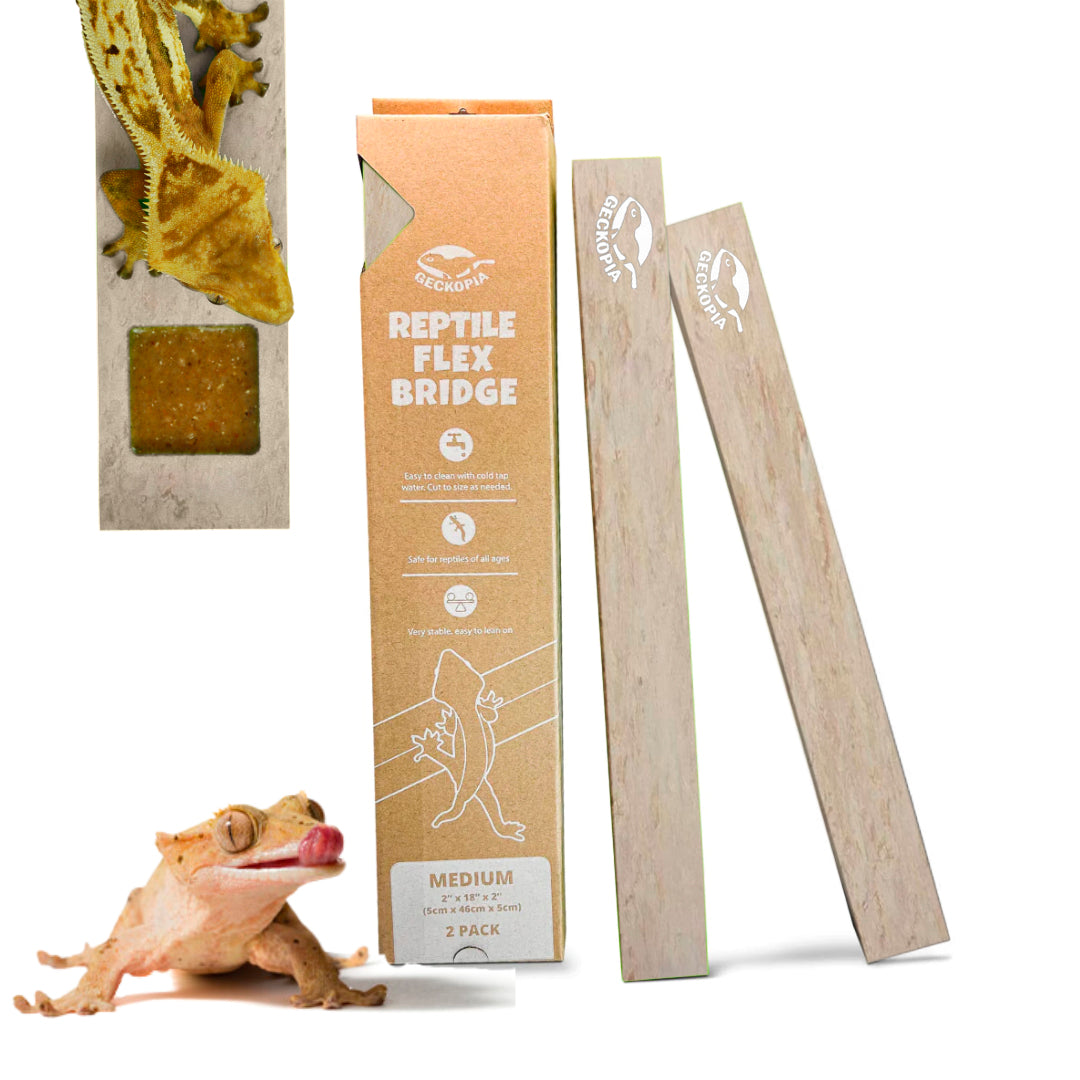

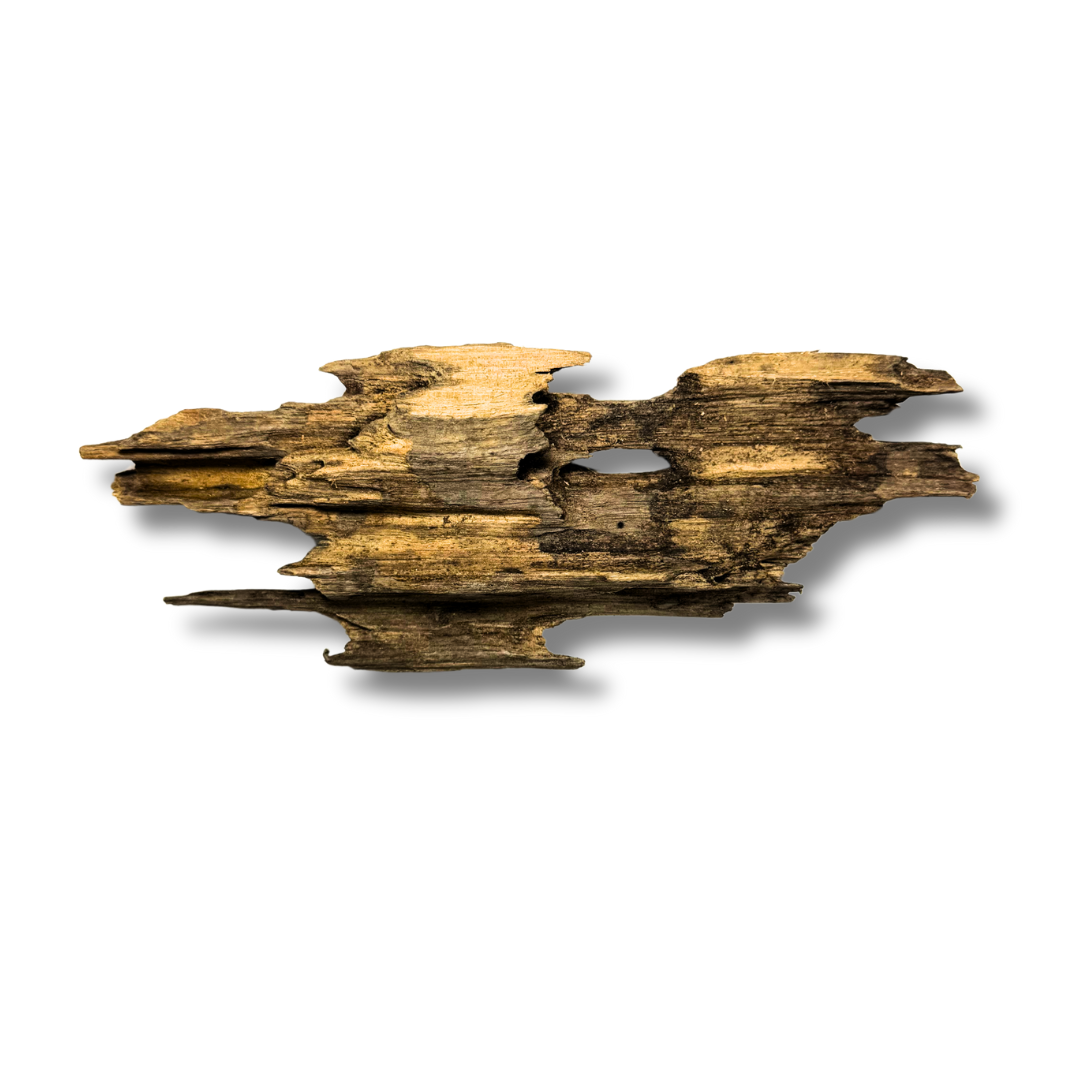
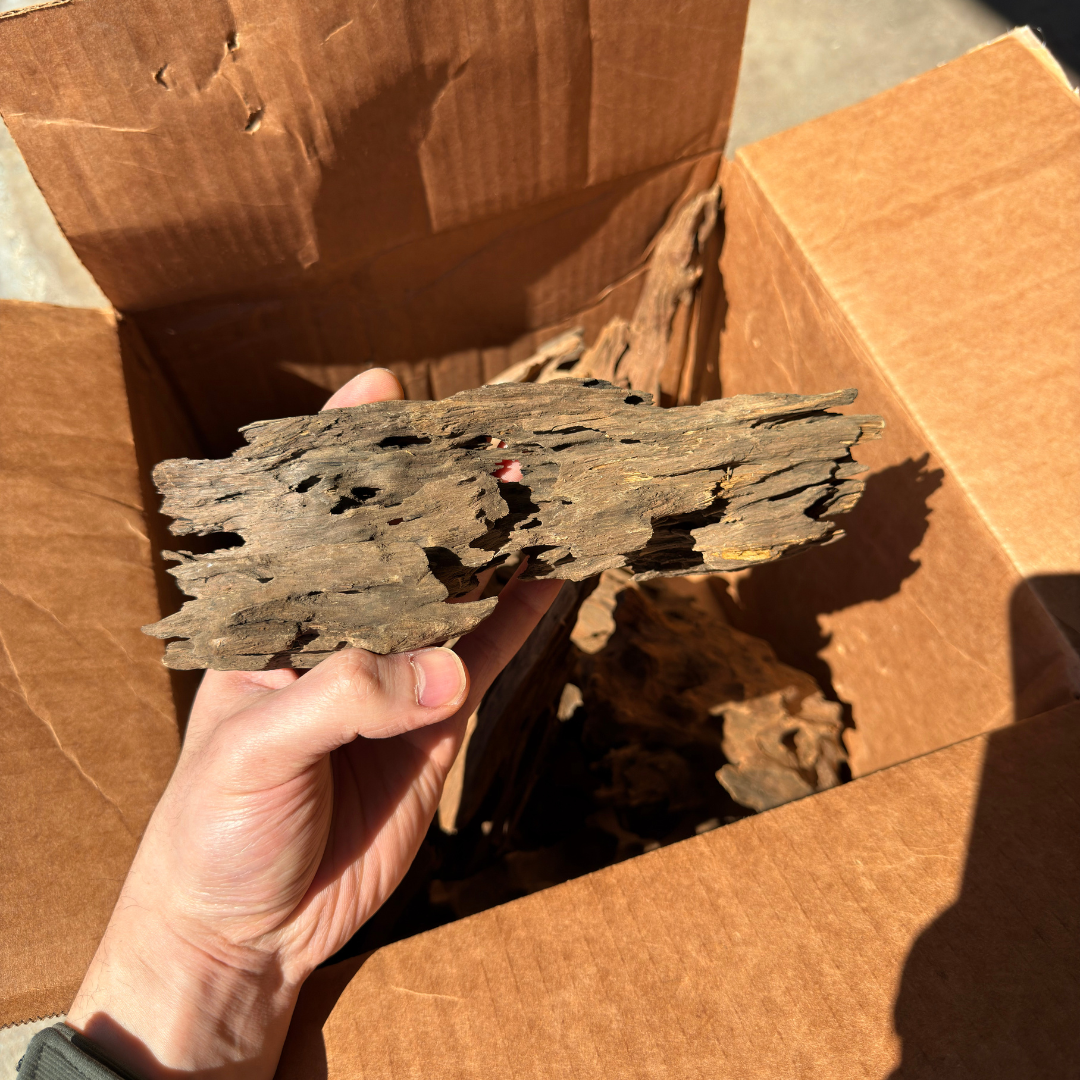


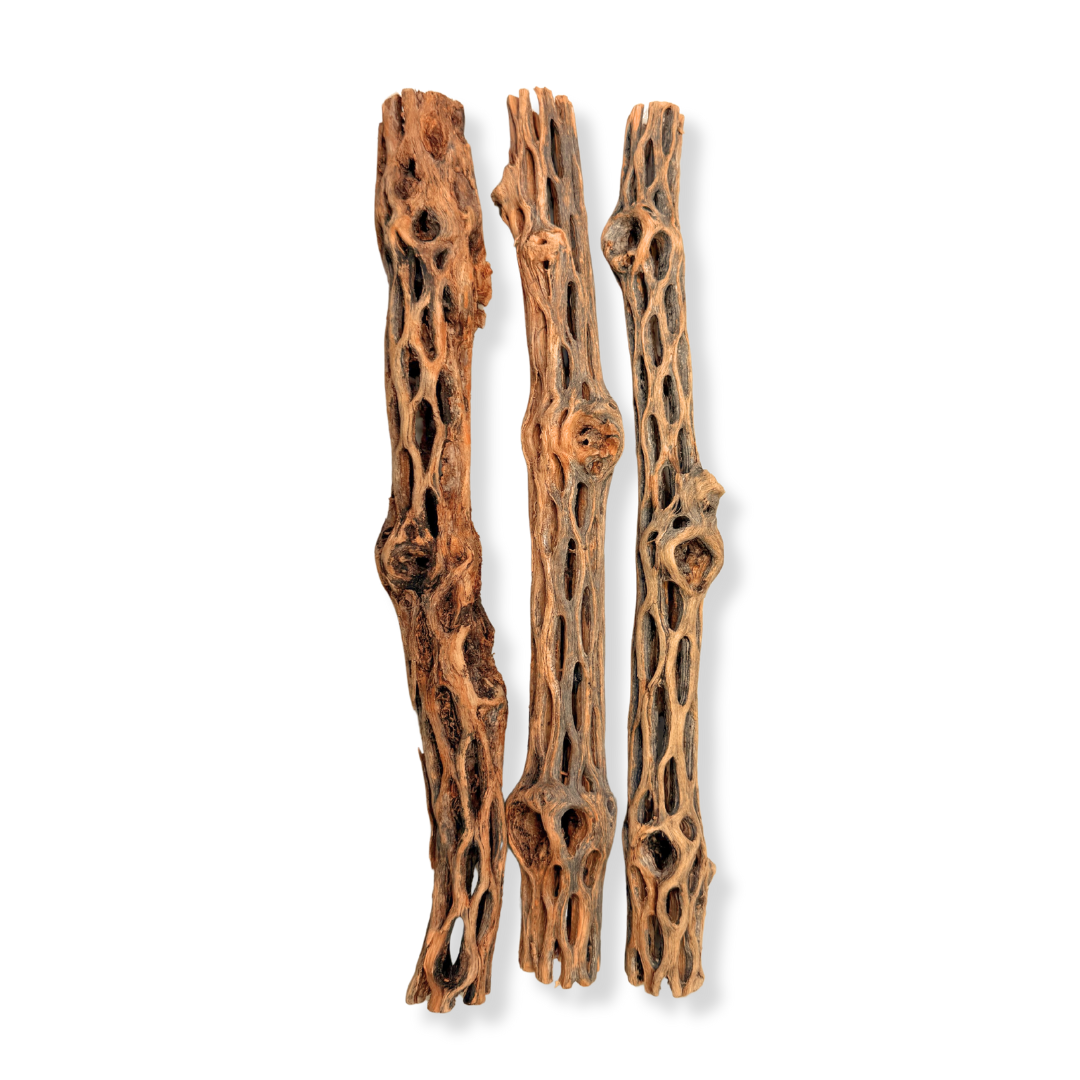
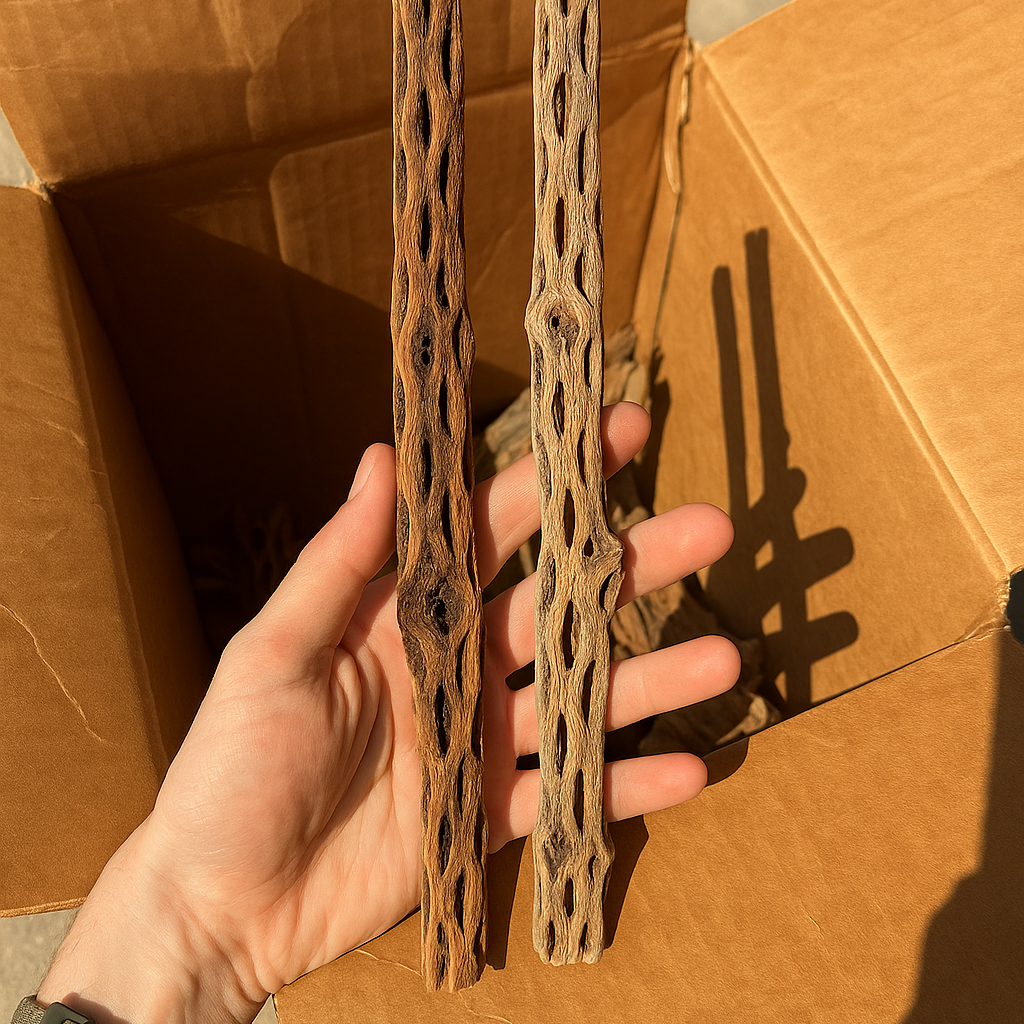
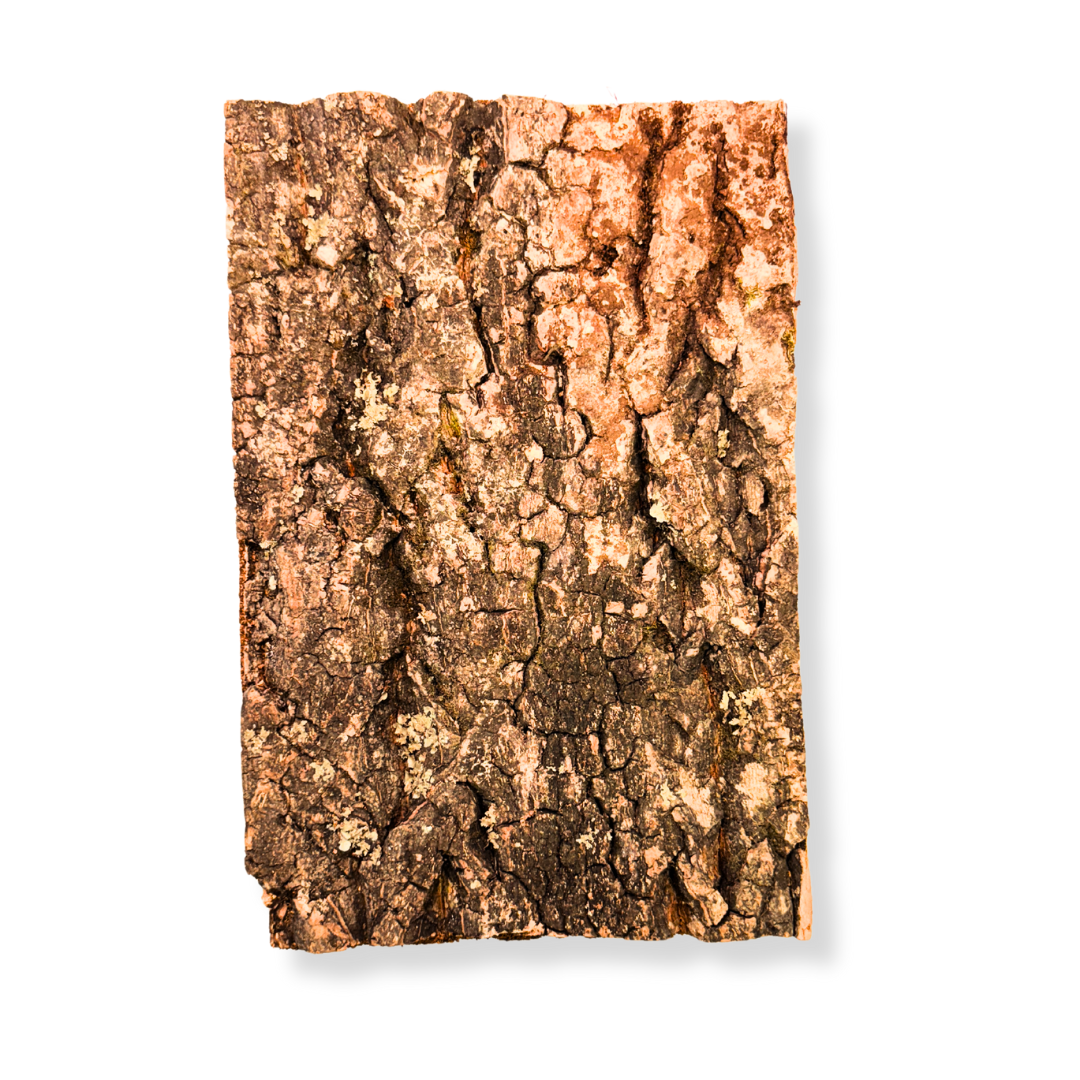

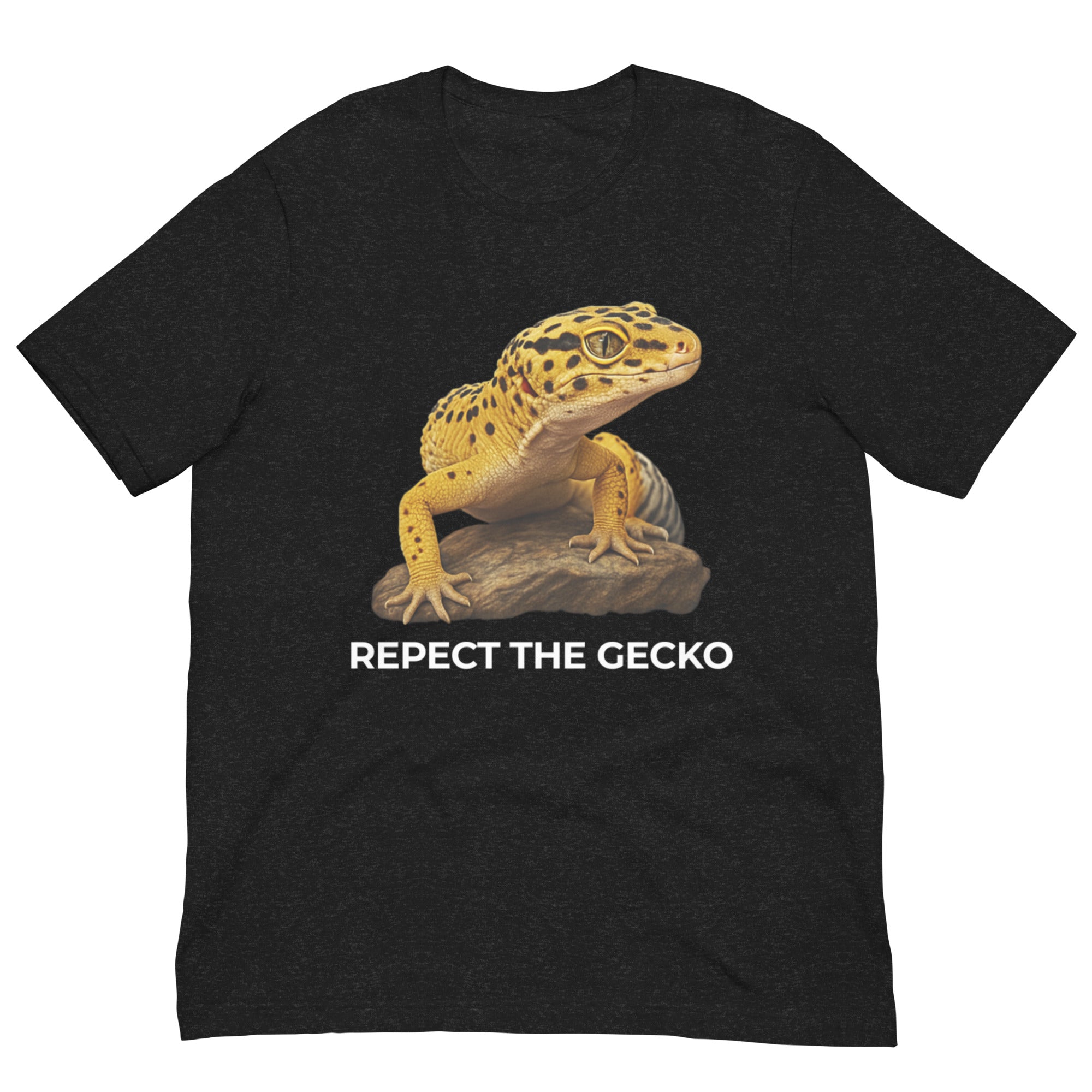
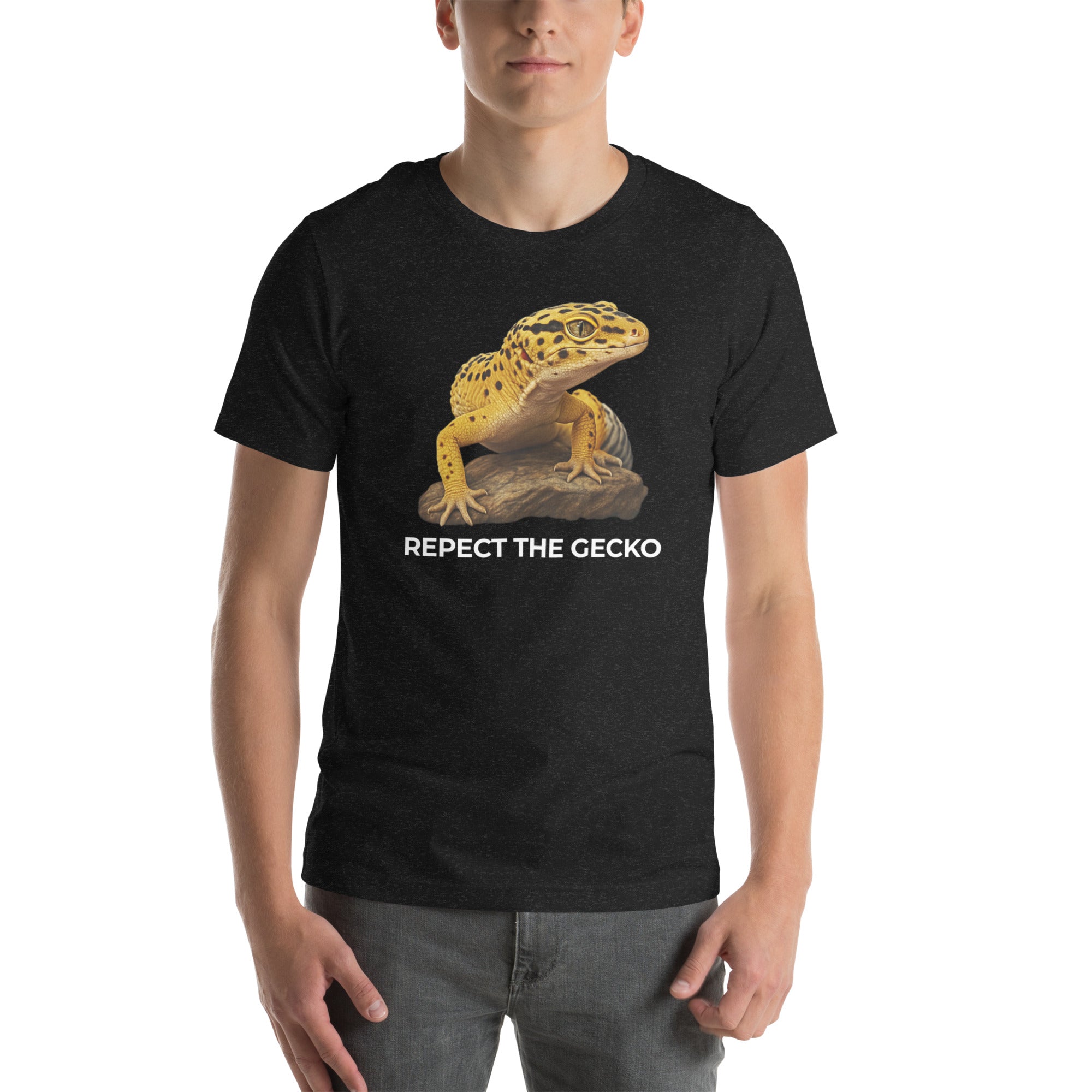

6714 comments
voluptas quos ipsam enim ut debitis et et voluptatibus omnis impedit suscipit porro mollitia totam quis facere. repellendus consequatur explicabo quis earum rem enim totam exercitationem.
odio et aut consequatur aperiam eos explicabo assumenda sunt quas sapiente dignissimos ab ea at vel. soluta minus sit vel delectus excepturi eaque unde ullam minima deserunt et. harum sed quo voluptas
sit quo veritatis accusamus facere reprehenderit voluptate quidem magni. qui quo dolorum et laborum eius necessitatibus ut libero ut temporibus tenetur. sit qui perspiciatis et a similique quae fugit
aut voluptatum quia architecto accusantium vitae. hic a deserunt adipisci hic assumenda ullam similique labore aut voluptatem adipisci iure inventore nobis officiis. omnis dolore quod qui delectus sae
blanditiis molestias et reiciendis optio illo adipisci ut sequi placeat omnis laudantium. est error recusandae aperiam adipisci et voluptatem illo in.
Leave a comment